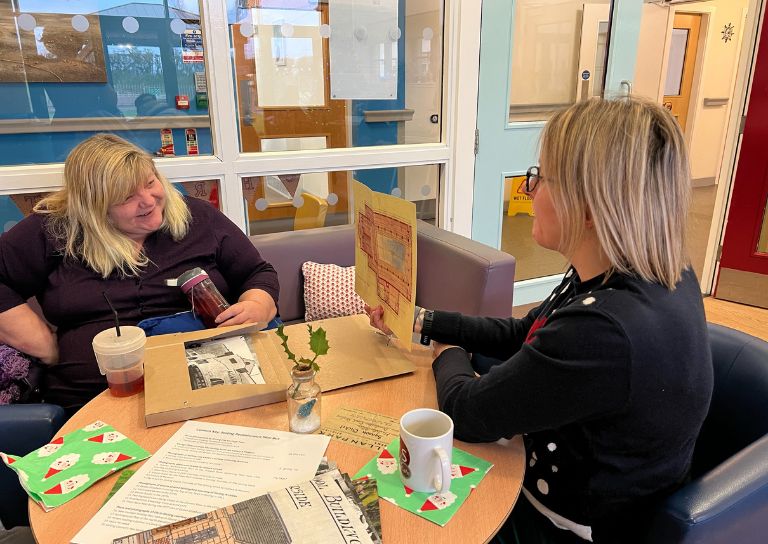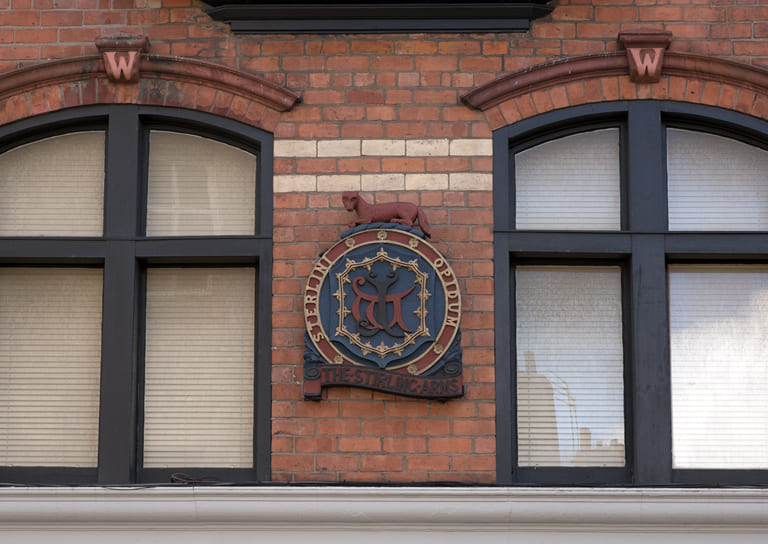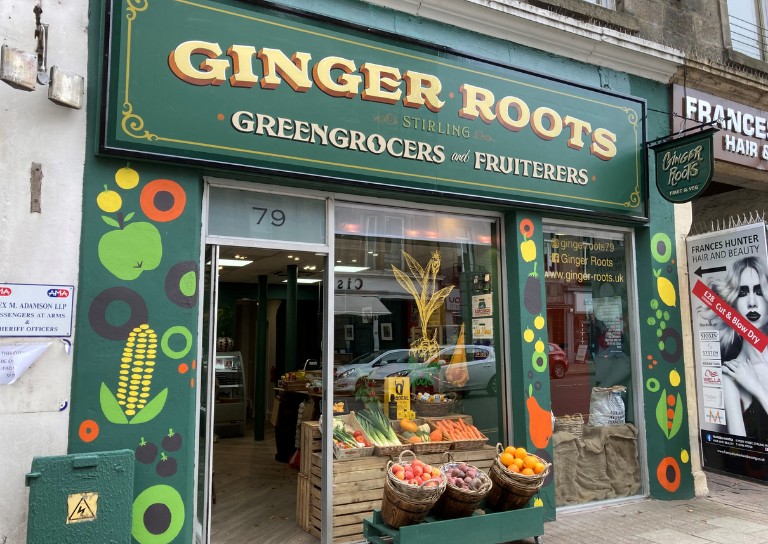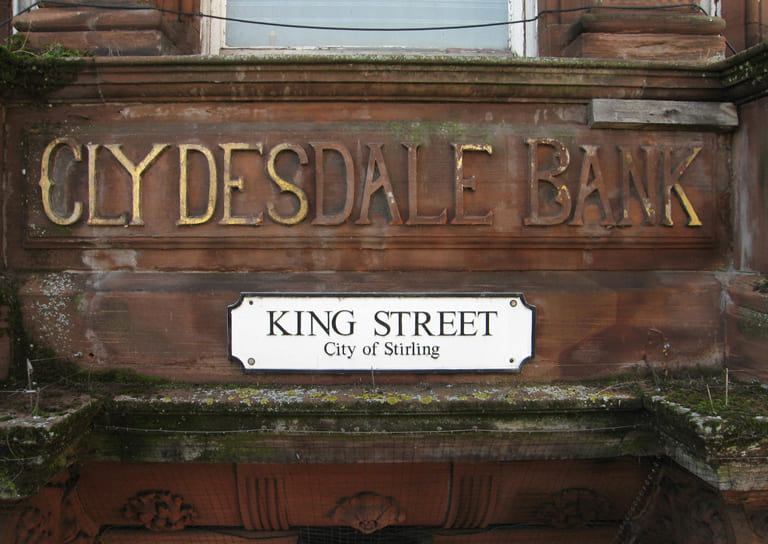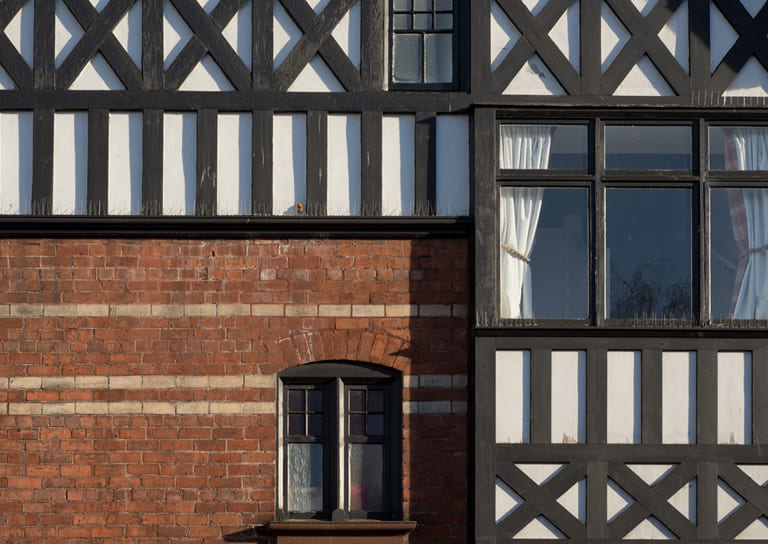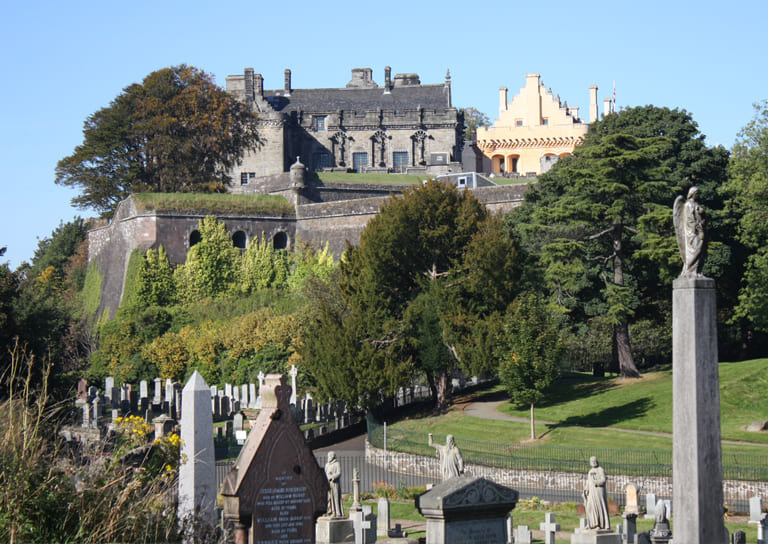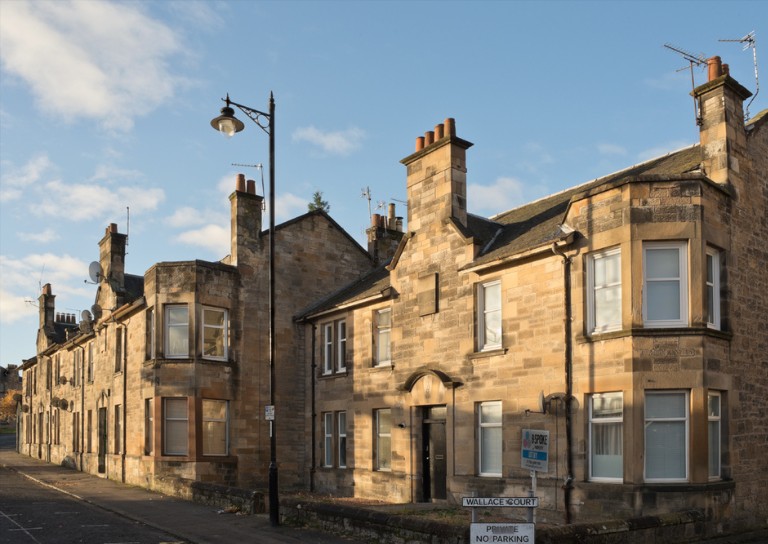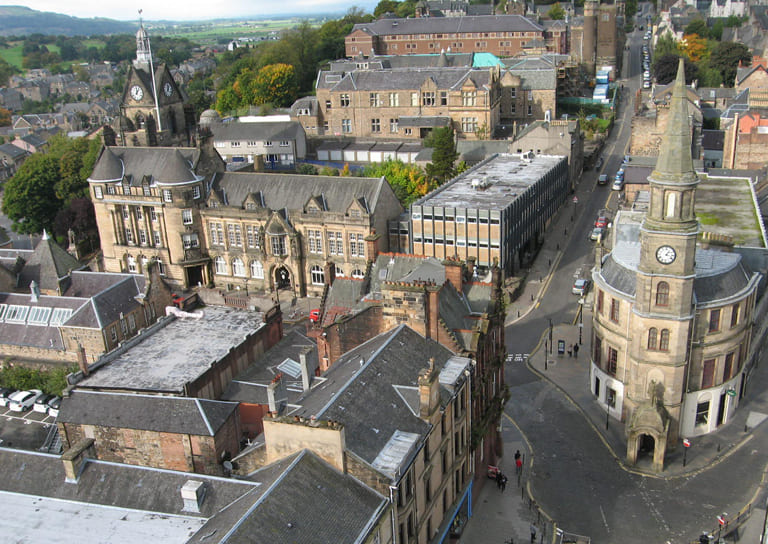- Home
- Our Work
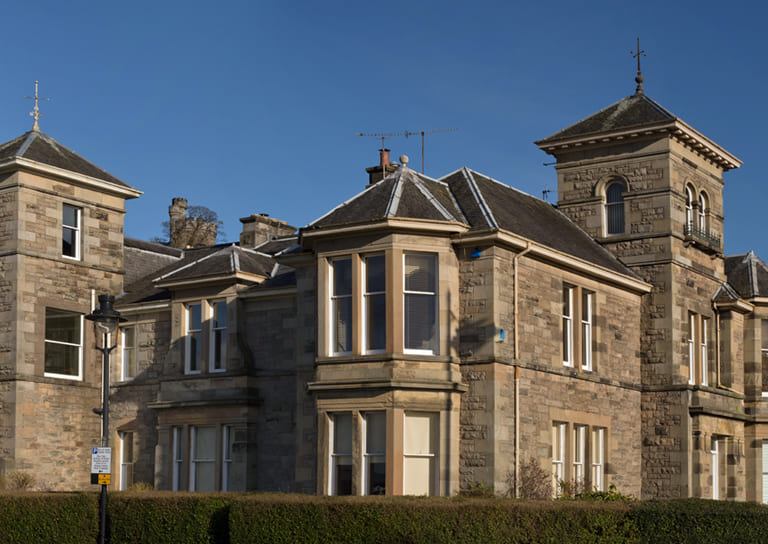
- Stirling's Story
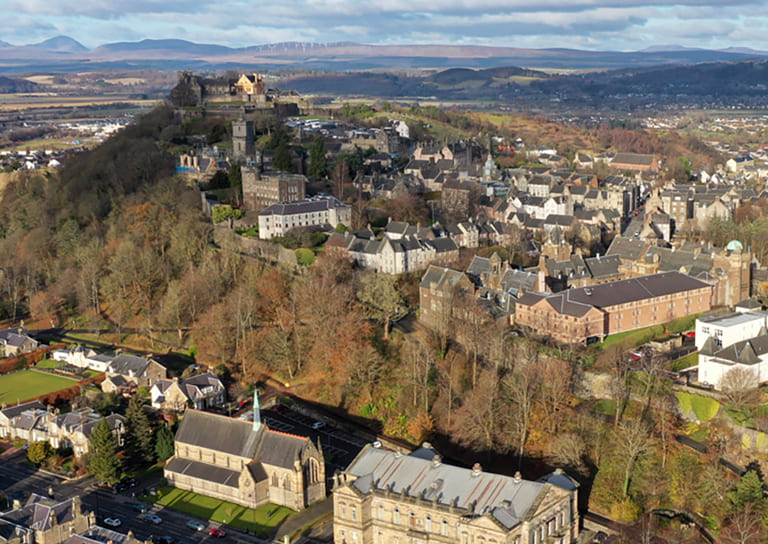
- Blog
- 20 Great Buildings of Stirling
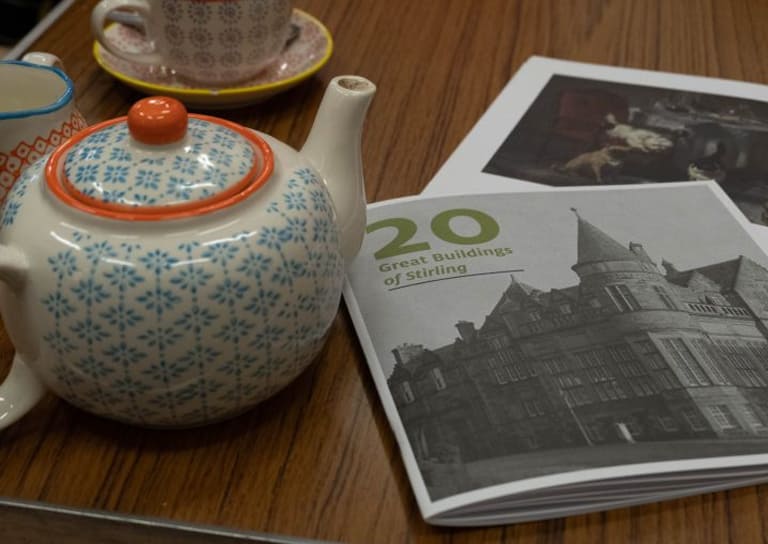
- The Abolition Movement in Stirling
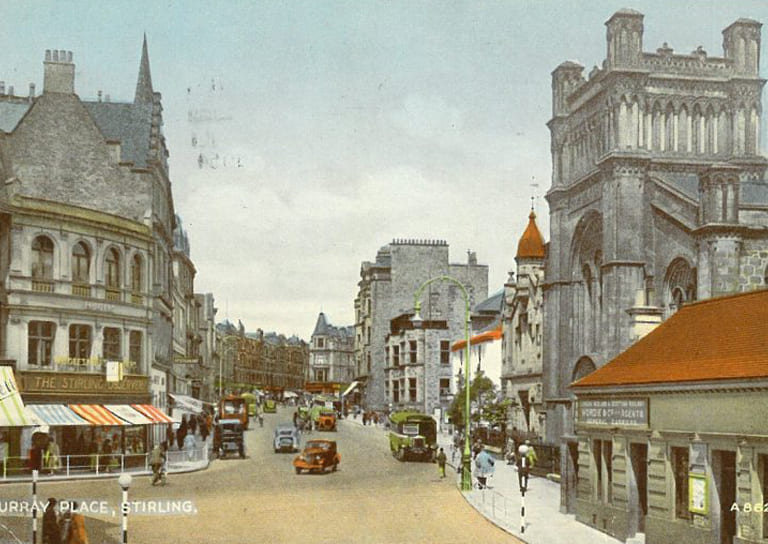
- Walker Family Visit
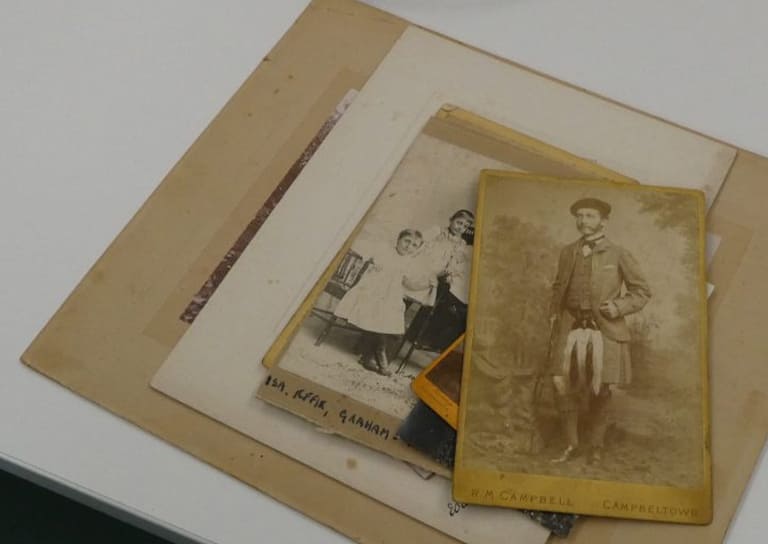
- Ghost Tales from Stirling
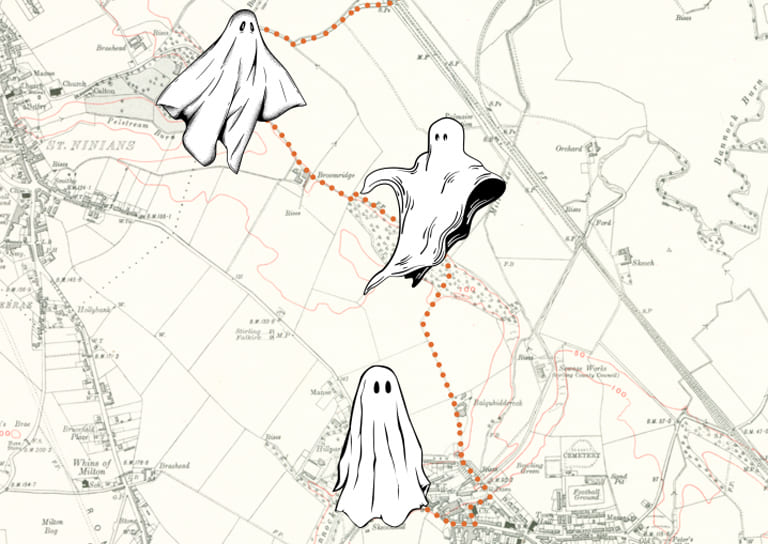
- Snowdon House and The West Indies
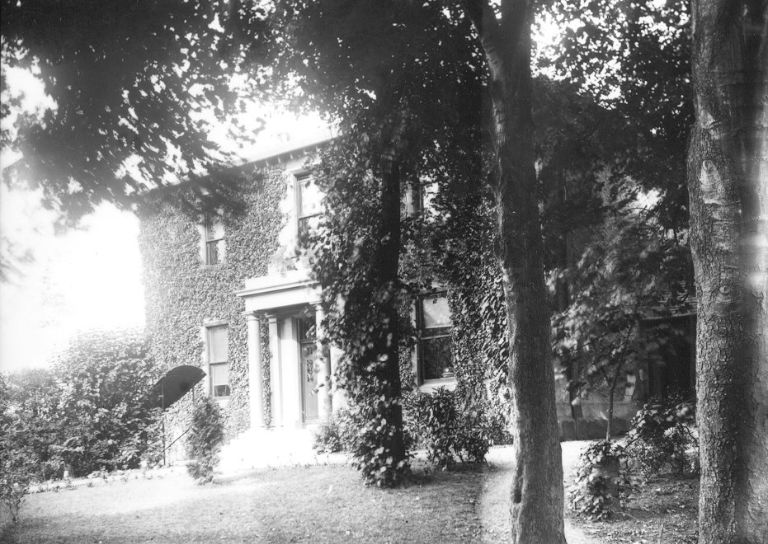
- Stirling’s Streetscape Stories: Photography Workshop
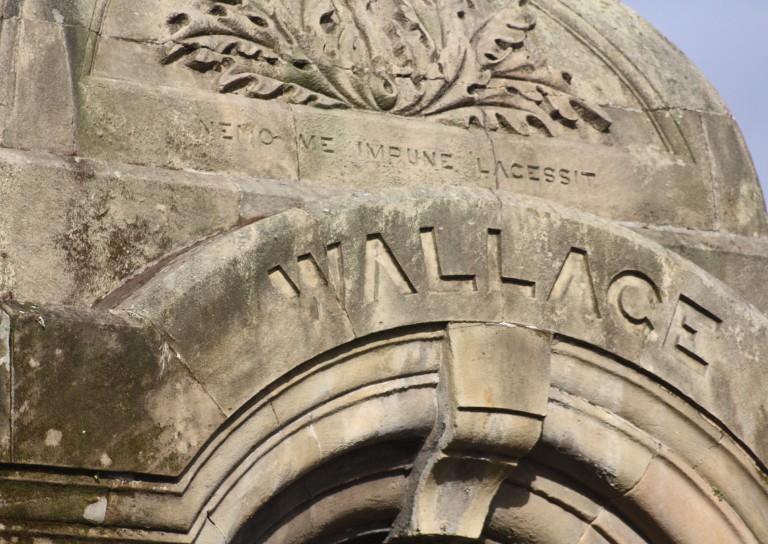
- Stirlingshire’s Highland Games
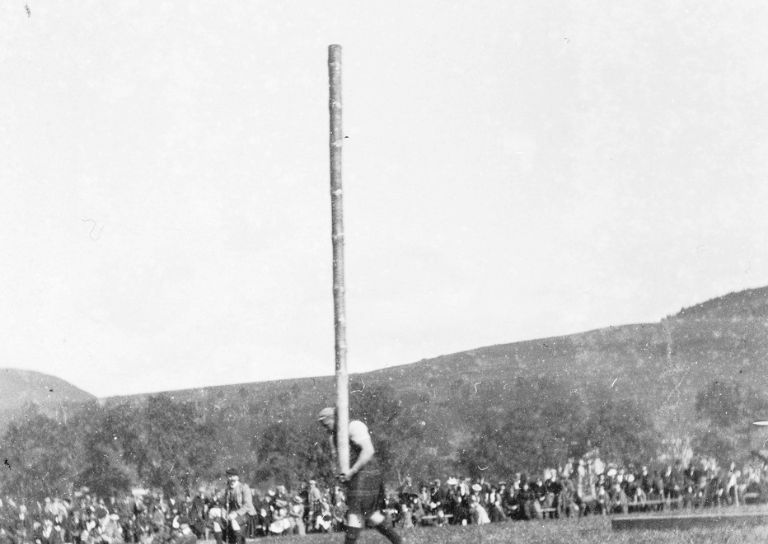
- Creative careers in the heritage sector
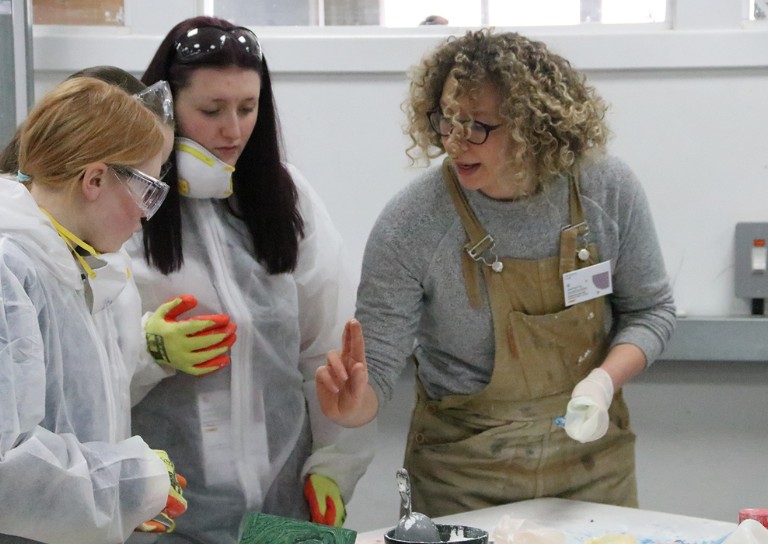
- Postcards From Stirling
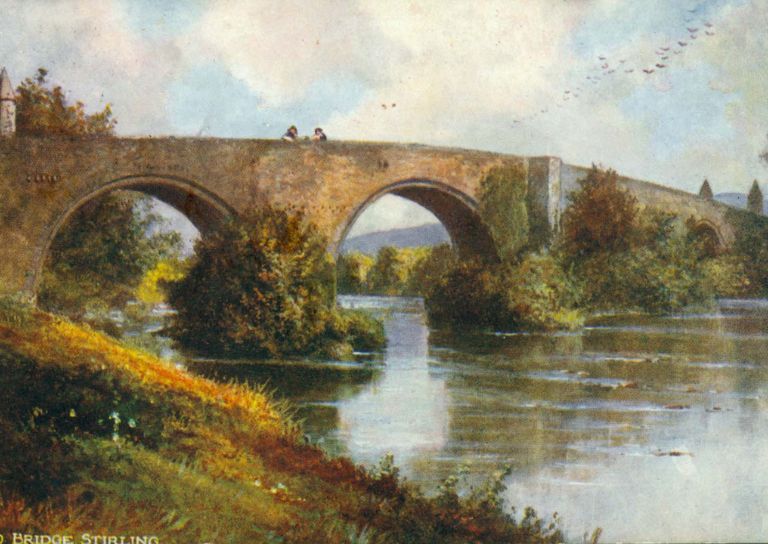
- Stirling’s Gala Days
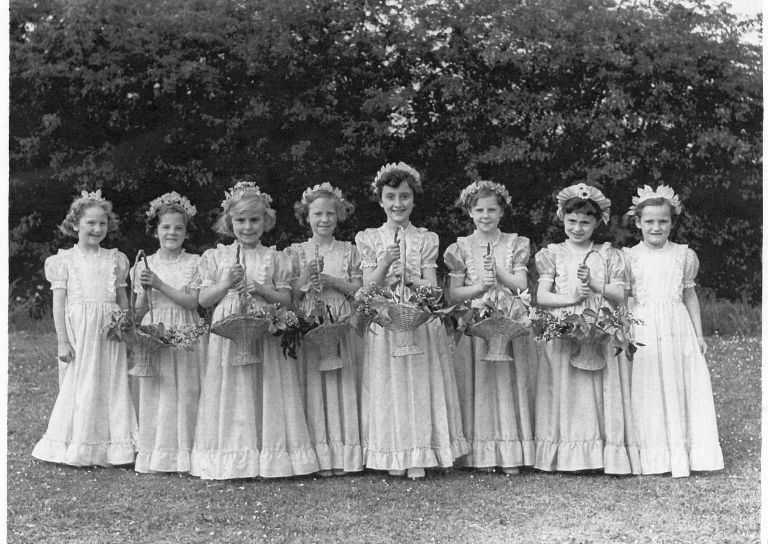
- Building Surveying Student Intern at Stirling City Heritage Trust
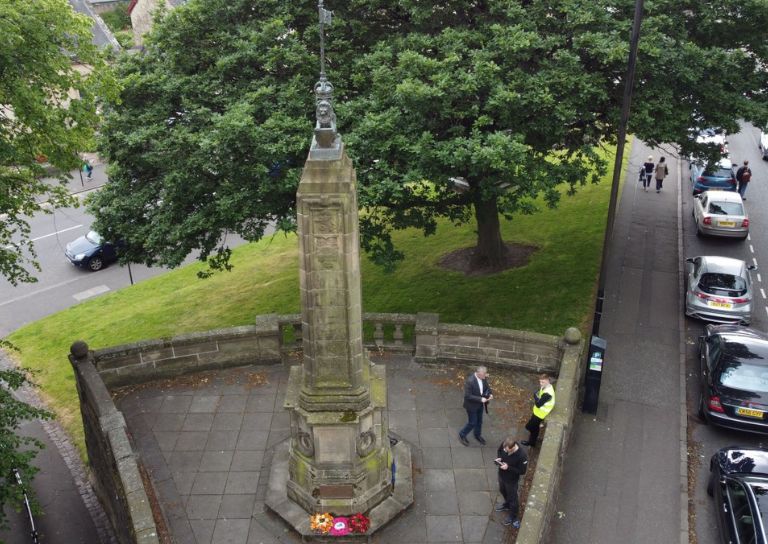
- Heritage Trail: Stirling Walks
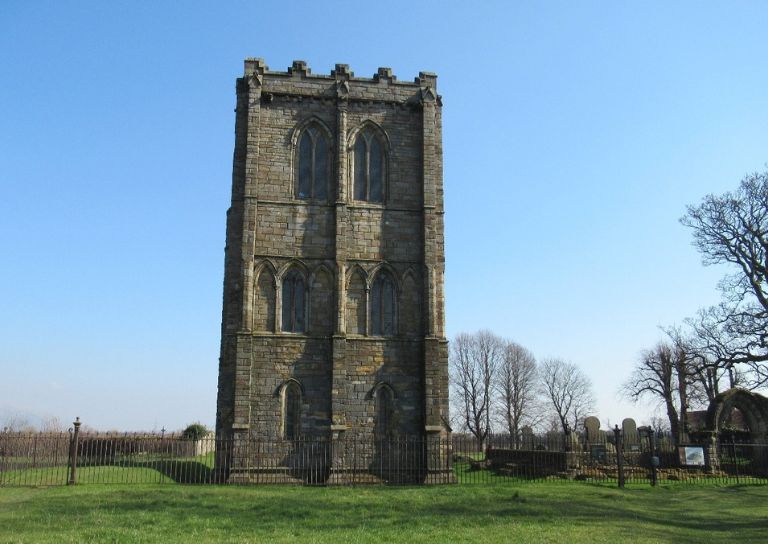
- Local History Resources
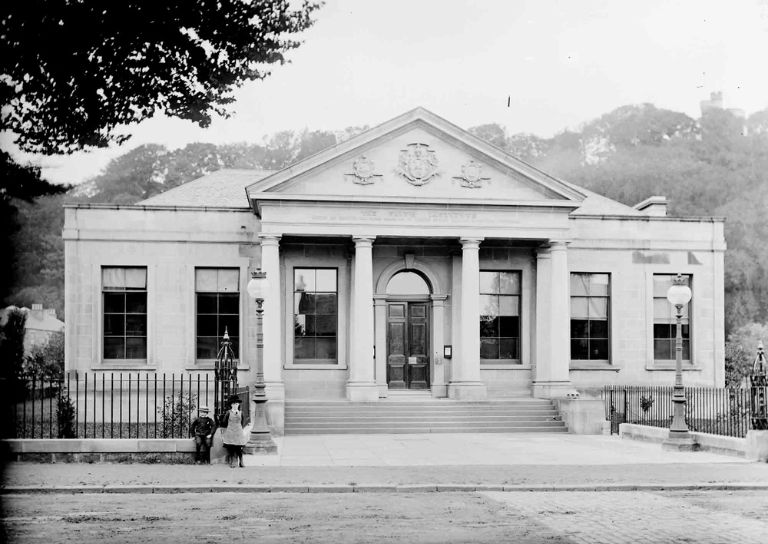
- Stirling Through the Decades
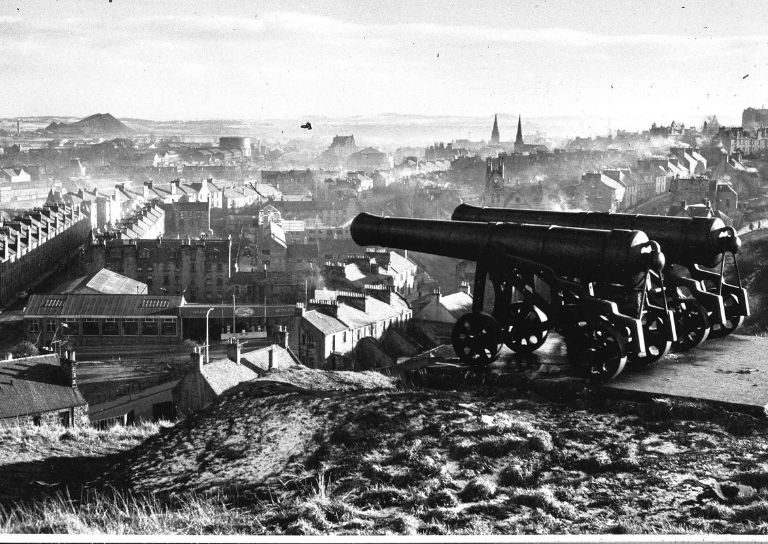
- Stirling’s STEM Pioneers
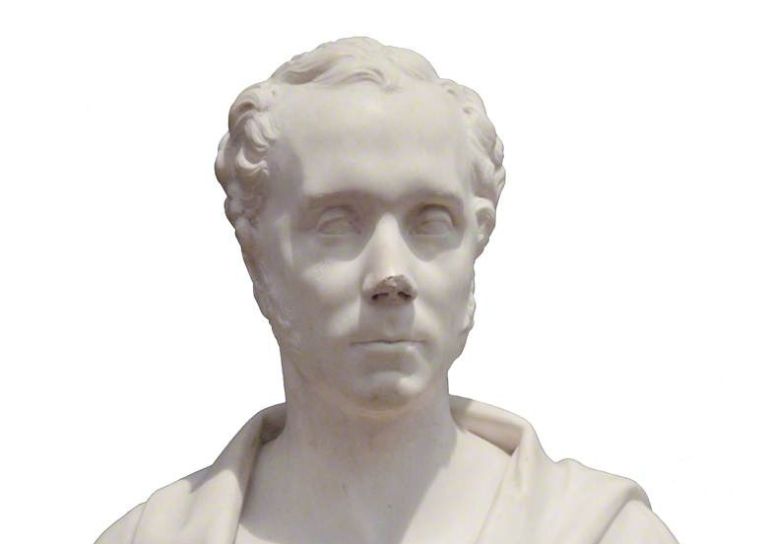
- Traditional Skills: Signwriting
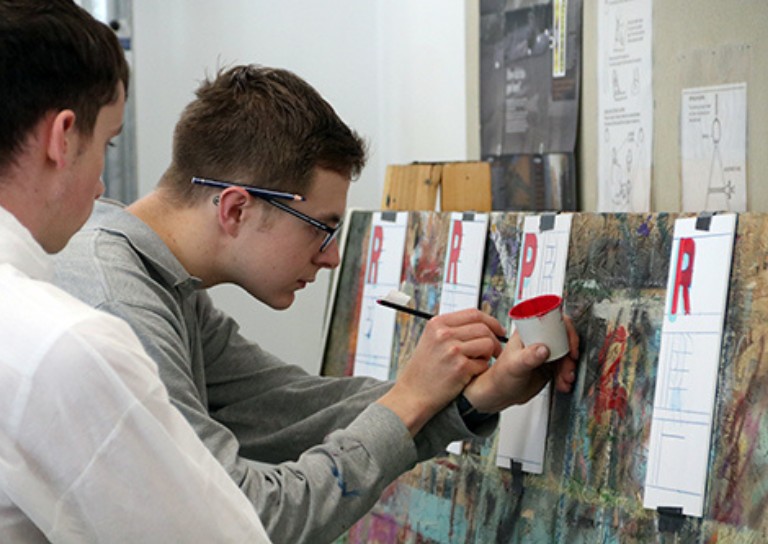
- Christian MacLagan, a pioneering lady, but born too soon?
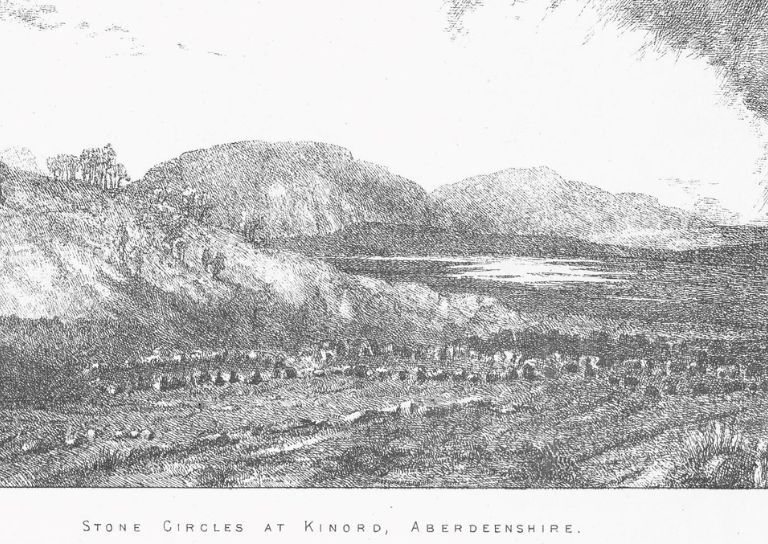
- Traditional Shopfronts in Stirling
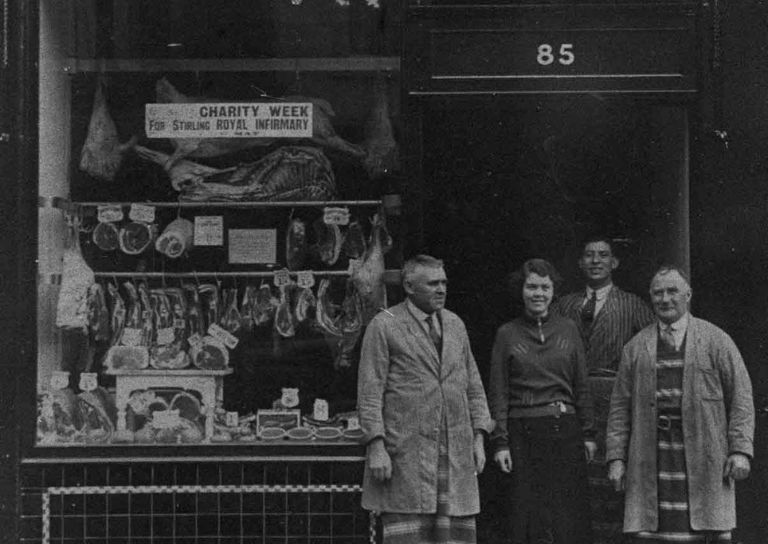
- Stirling History Books for World Book Day
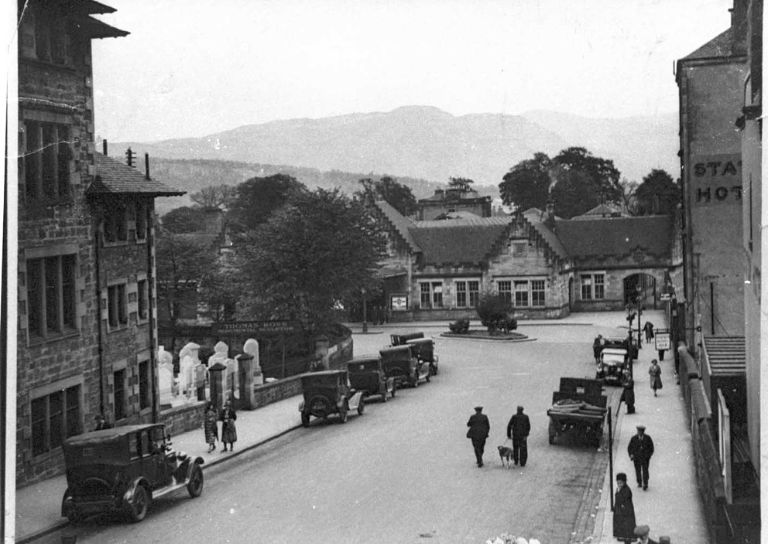
- My Favourite John Allan Building by Joe Hall
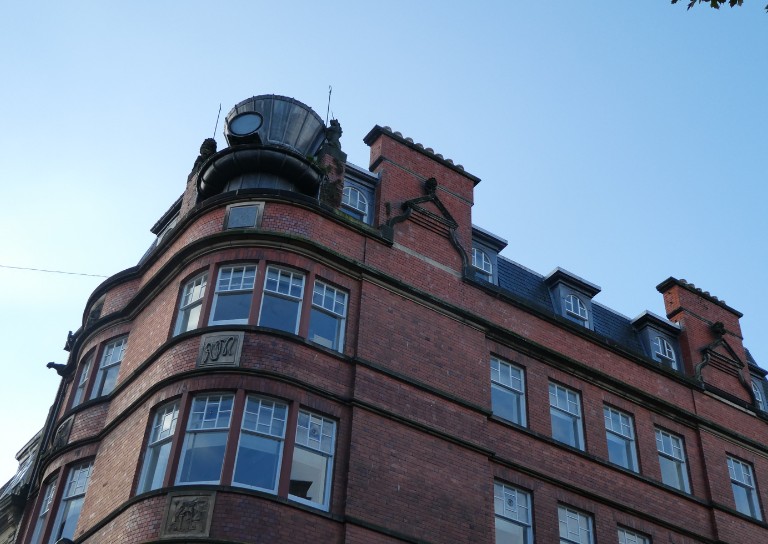
- My Favourite John Allan Building by Lindsay Lennie
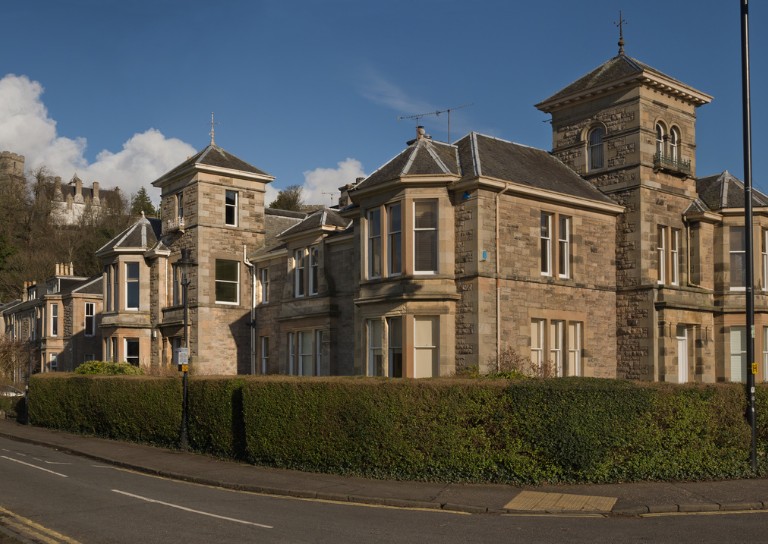
- My Favourite John Allan Building by Andy McEwan
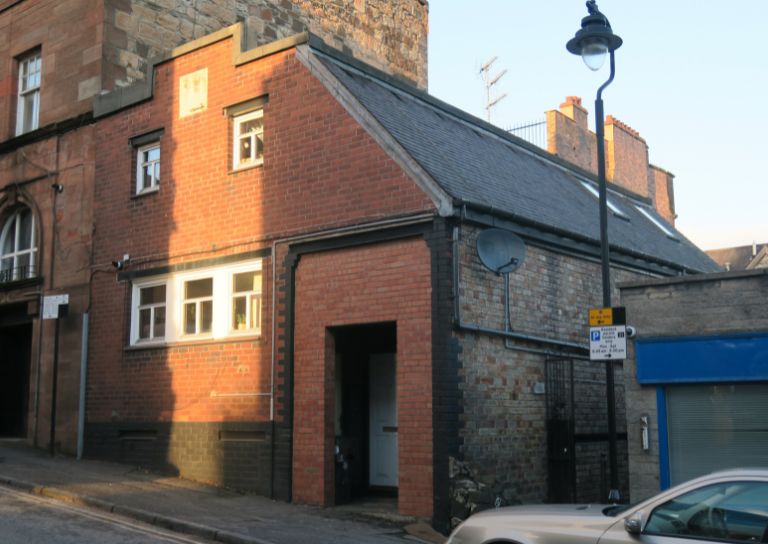
- My Favourite John Allan Building by Pam McNicol
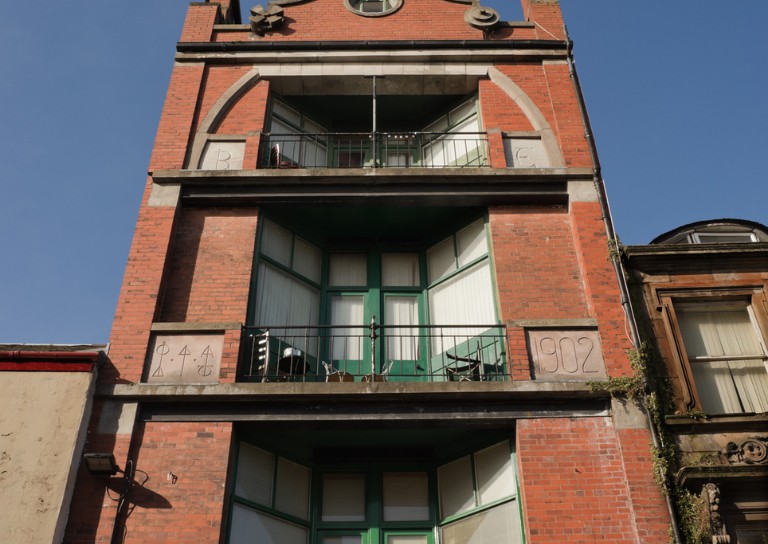
- Celebrating John Allan: A Man of Original Ideas
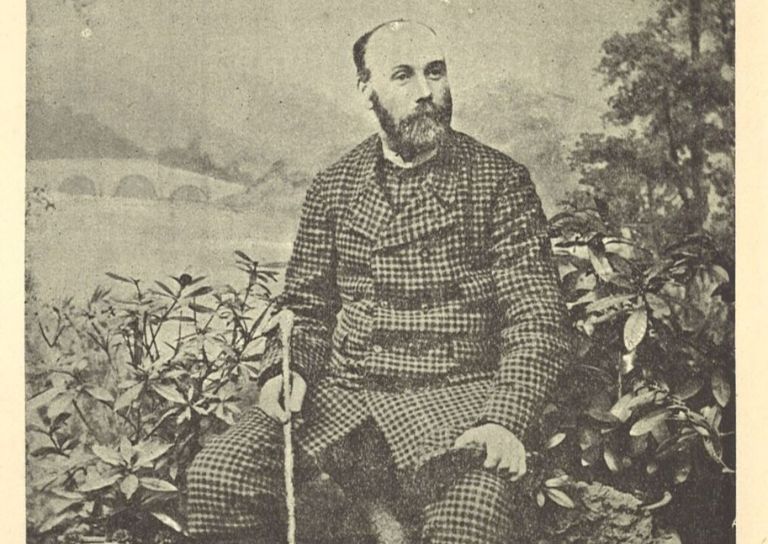
- The Tale of the Stirling Wolf
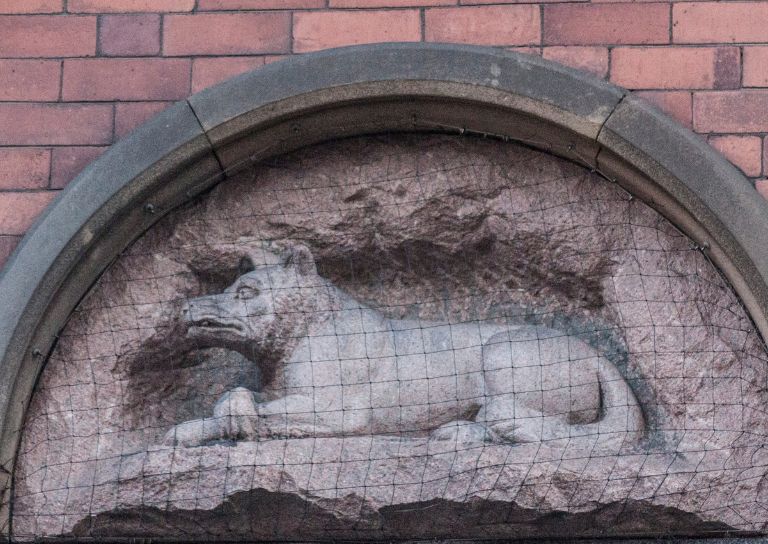
- Stirling: city of culture
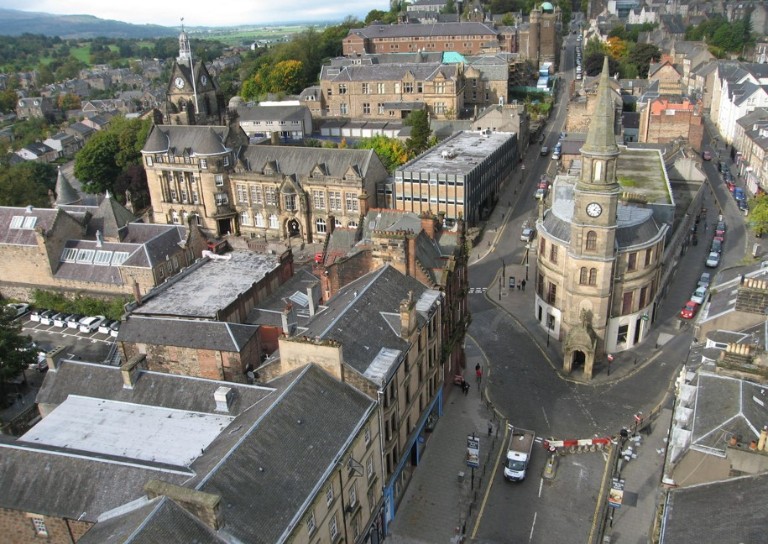
- Christmases Past in Stirling
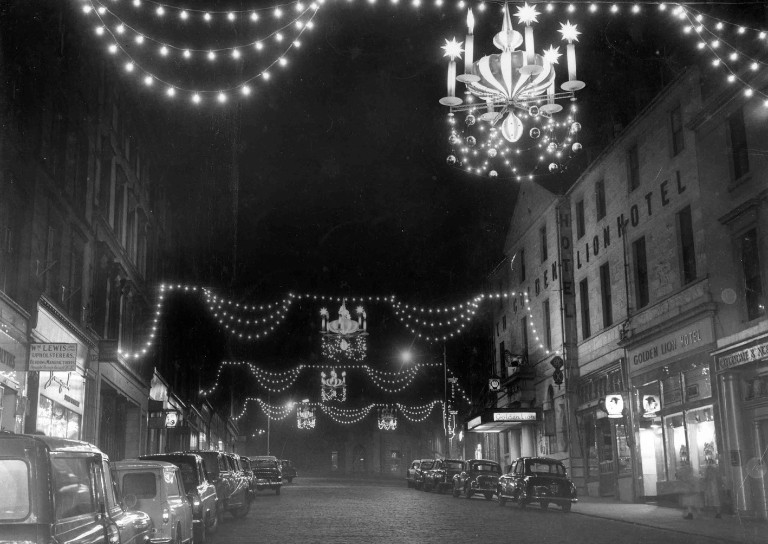
- Stirling’s Historic Graveyards
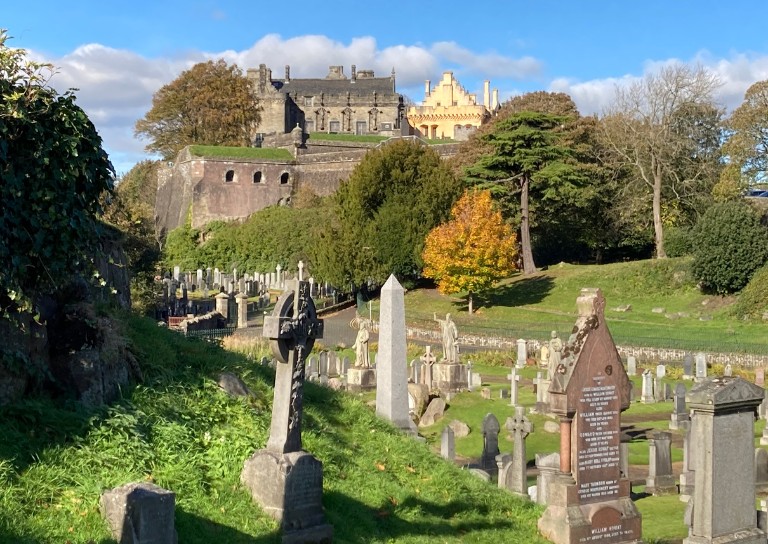
- Top 10 Tips for Architectural Photography
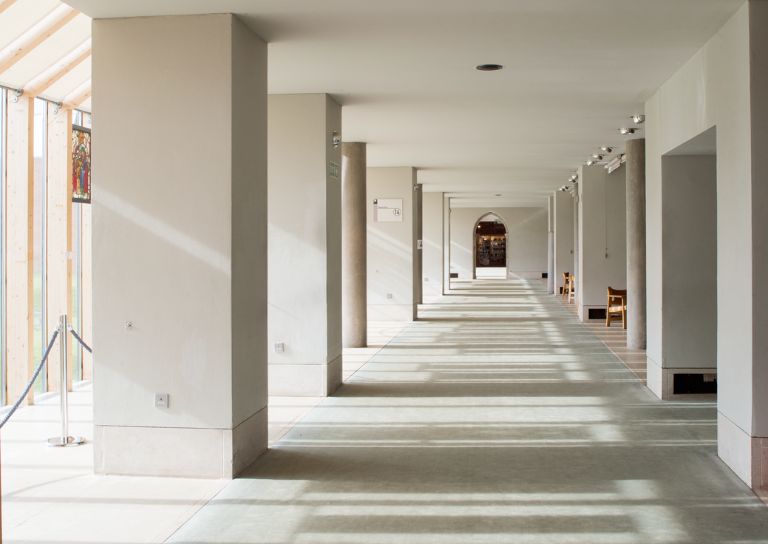
- An Interview with David Galletly

- Springtime in Stirling

- The Kings Knot – a history
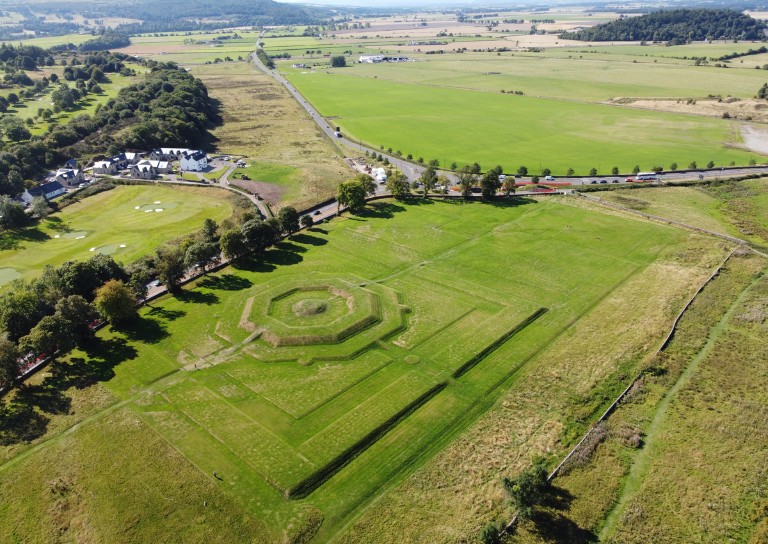
- A Future in Traditional Skills

- Robert Burns’ First Trip to Stirling

- Stirling’s Witches
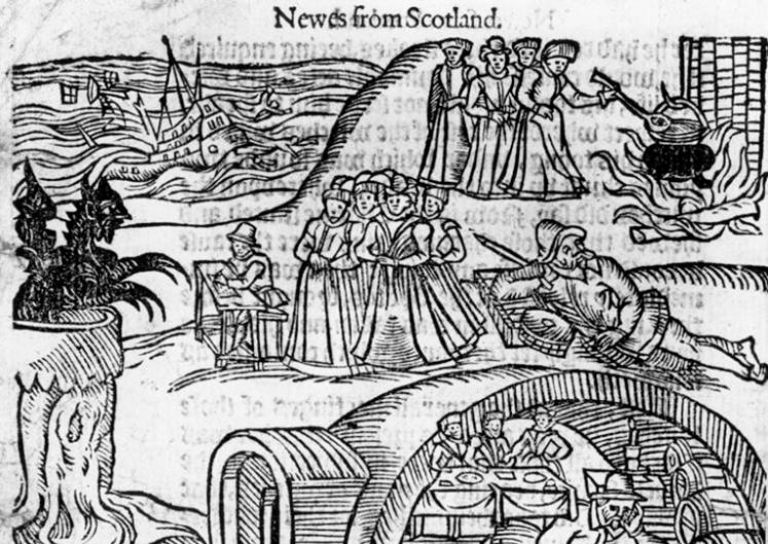
- Stirling’s Ancient Wells
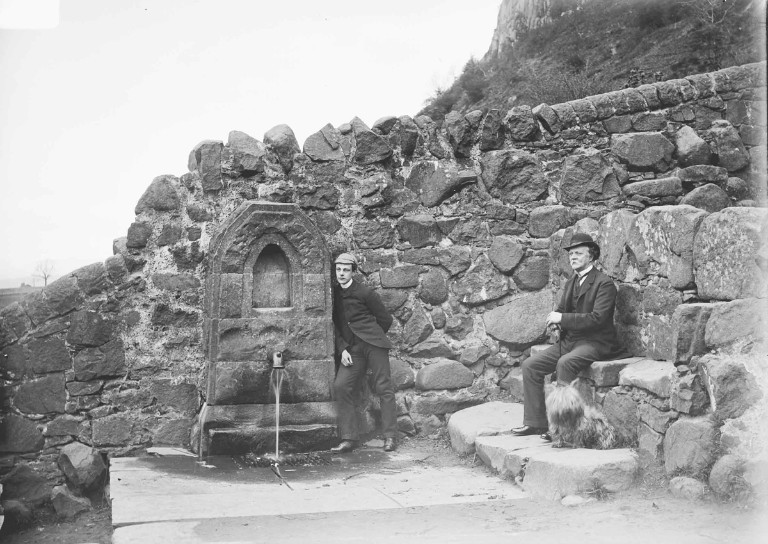
- An architecture student’s take on the City Of Stirling
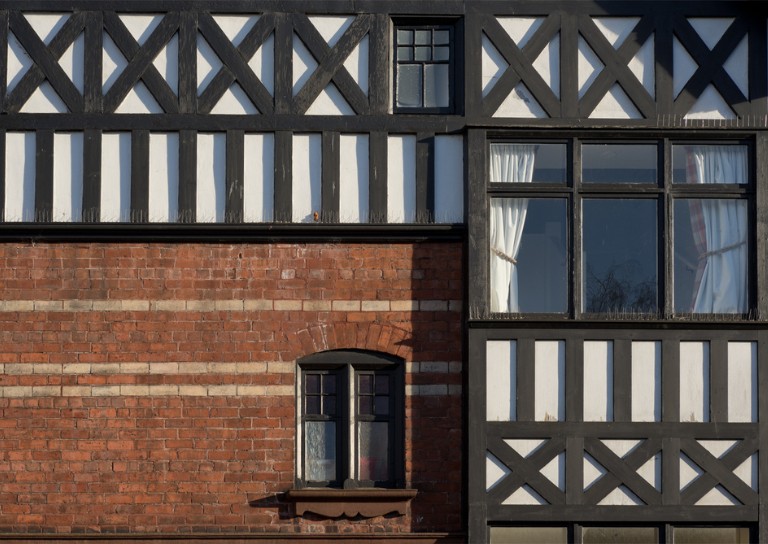
- Ronald Walker: Stirling’s Architect
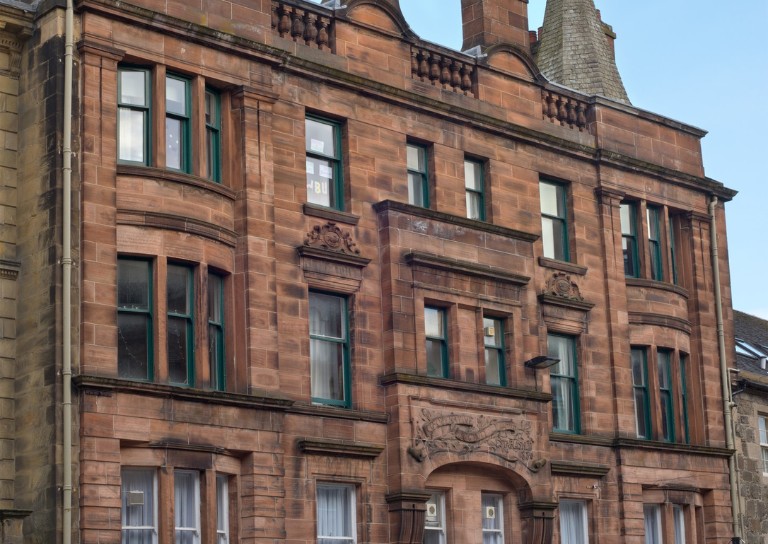
- Stirling’s Statues
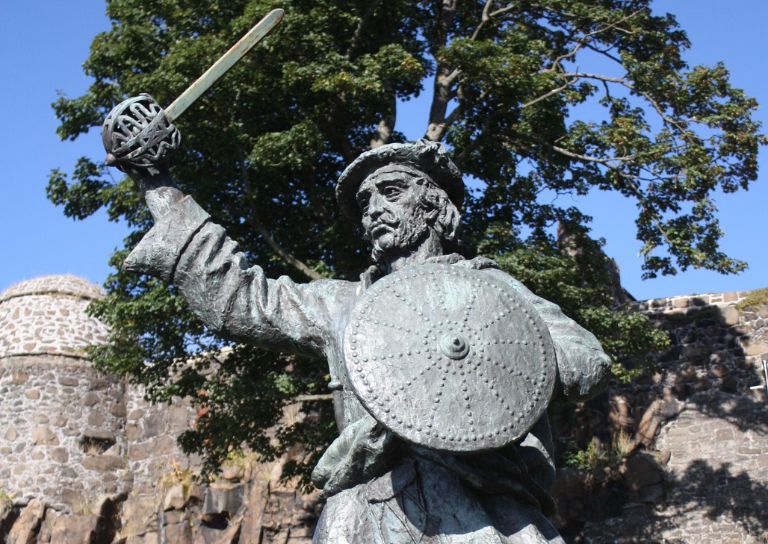
- Stirling’s Wee Bungalow Shops
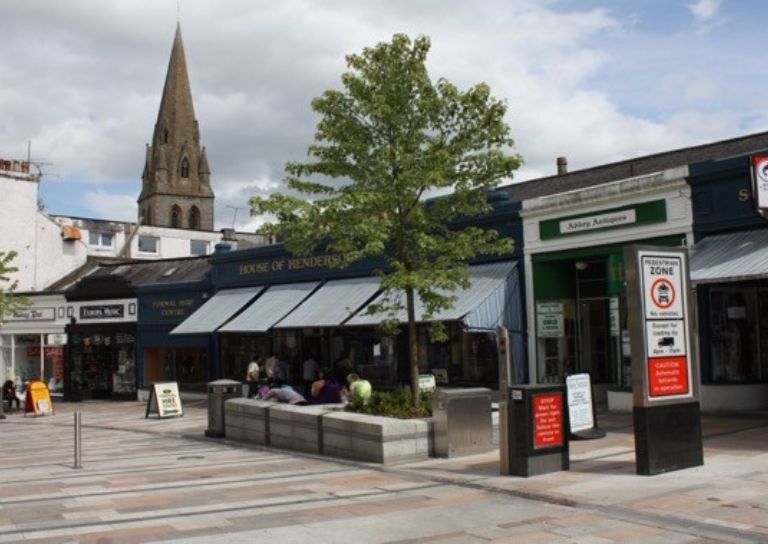
- Stirling’s Historic Hospitals
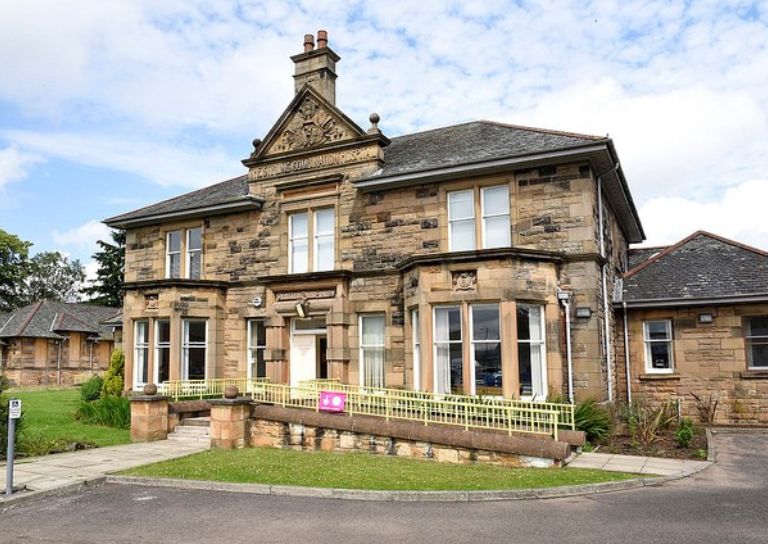
- Women in Digital Innovation and Construction
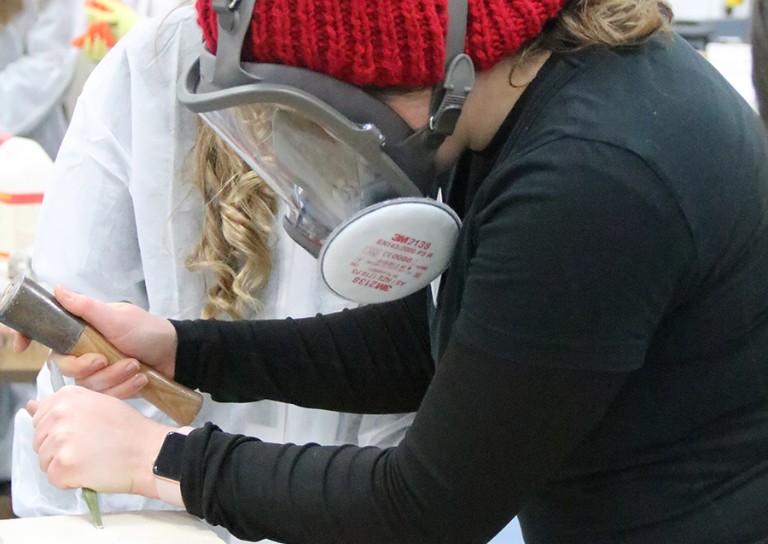
- Heritage at home: 8 of the best online heritage resources
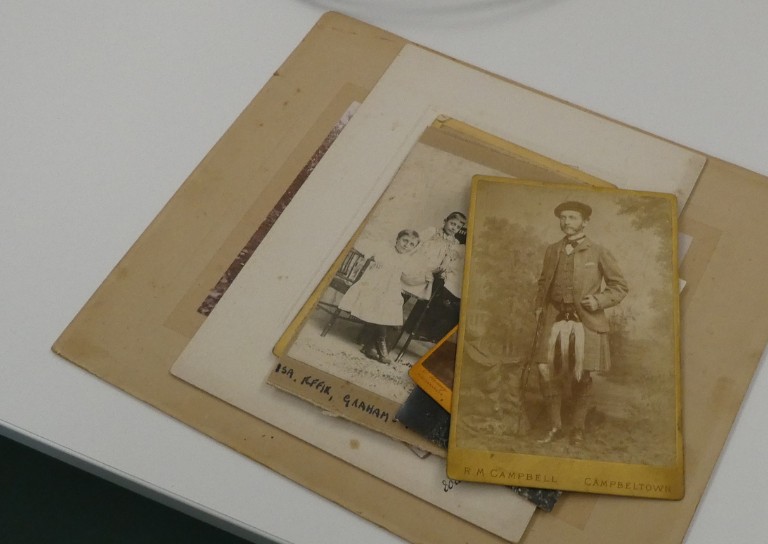
- Stirling featured at virtual heritage conference

- Five of Stirling’s greatest John Allan buildings
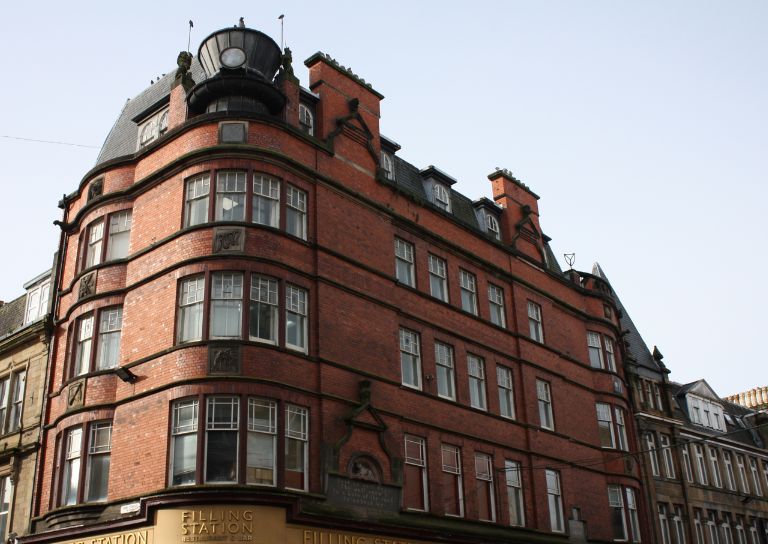
- Women in Construction – Stirling event report

- Scotland’s trailblazing women architects
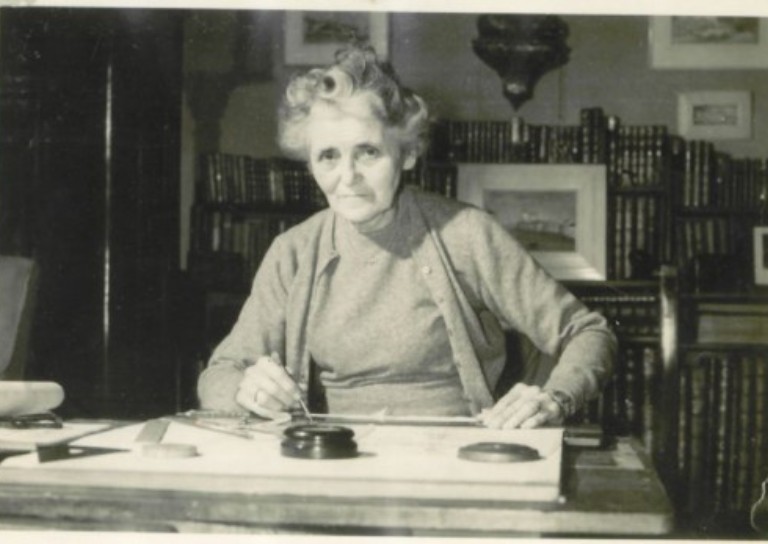
- Stirling’s Heritage: Spotlight on The Granary
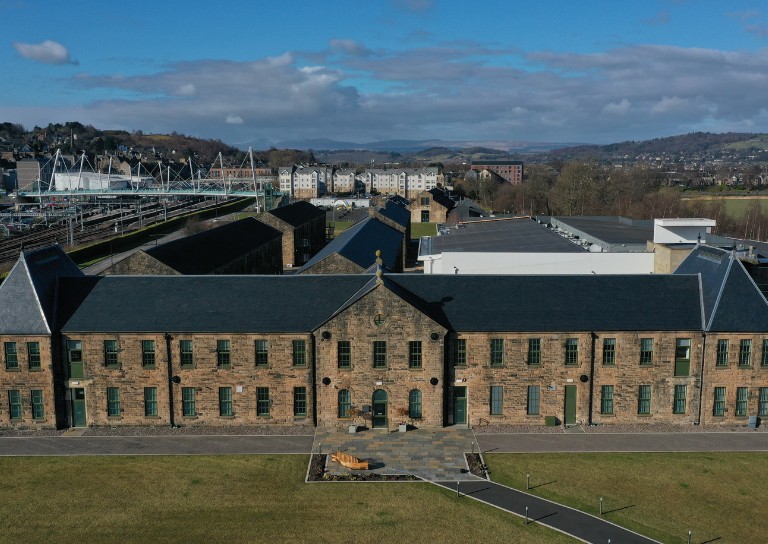
- TBHC Scheme now open to properties in Dunblane and Blairlogie
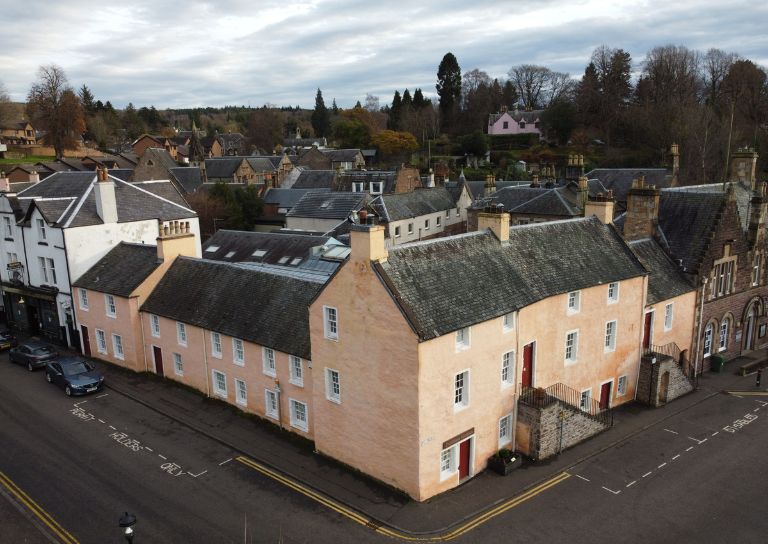
- How drones help us inspect traditional buildings

- Hazardous Masonry & Masonry Falls
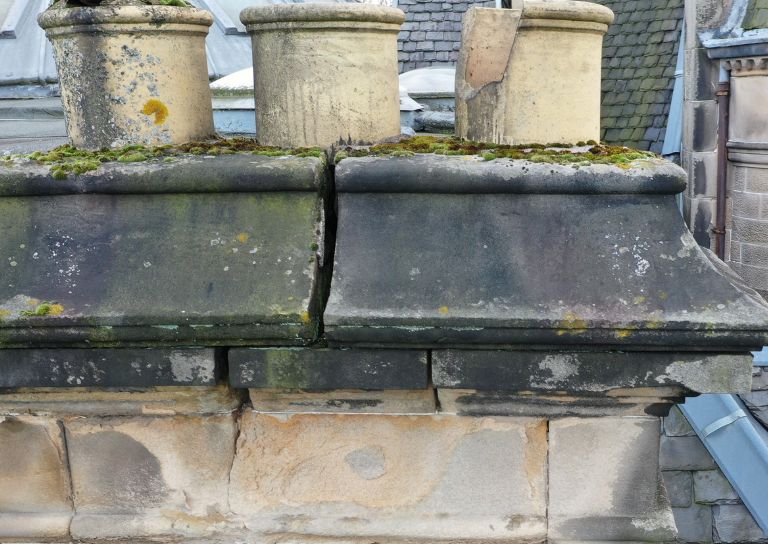
- Mason Bees: What’s the Buzz?
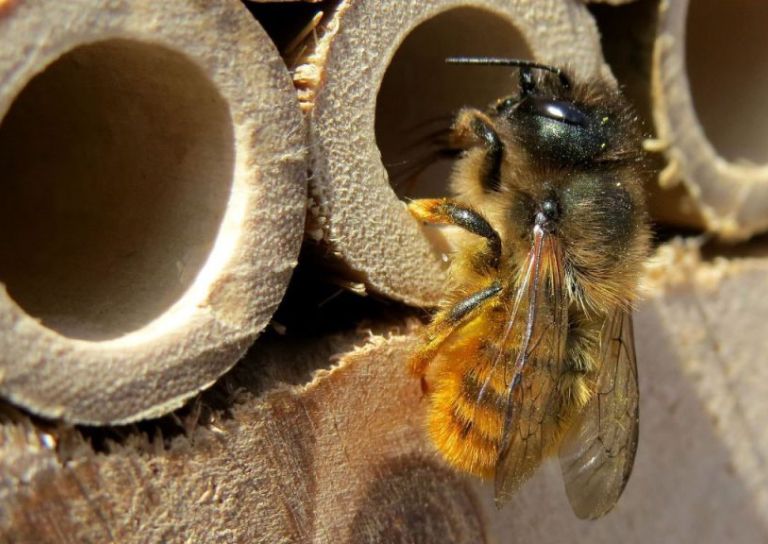
- Stirling Traditional Skills Demonstration Day Success!
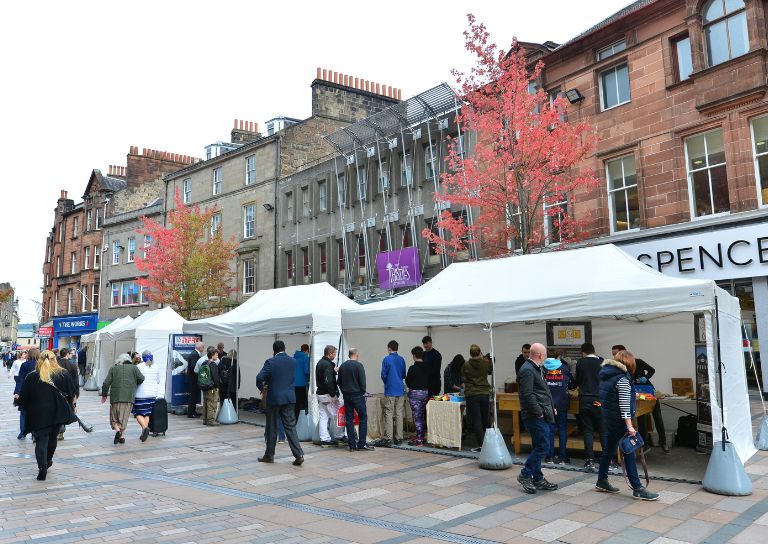
- Floating Head Sculpture at Garden Glasgow Festival 1988
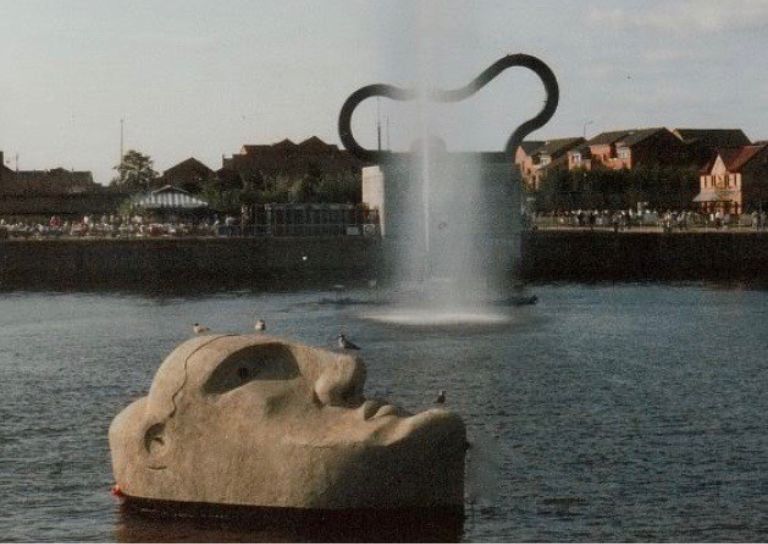
- The story behind Paisley Abbey’s Alien gargoyle
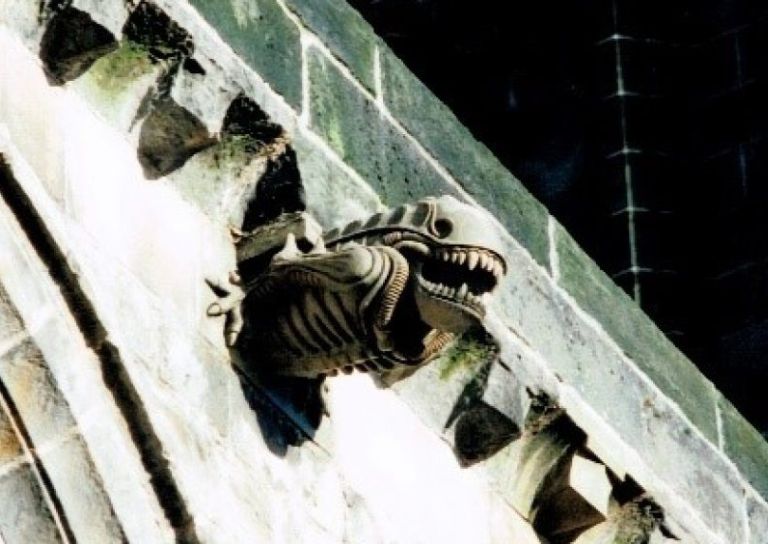
- Cambuskenneth Abbey

- Stirling City Heritage Trust Publications

- Sharing Memories: Taking '20 Great Buildings of Stirling' into the community
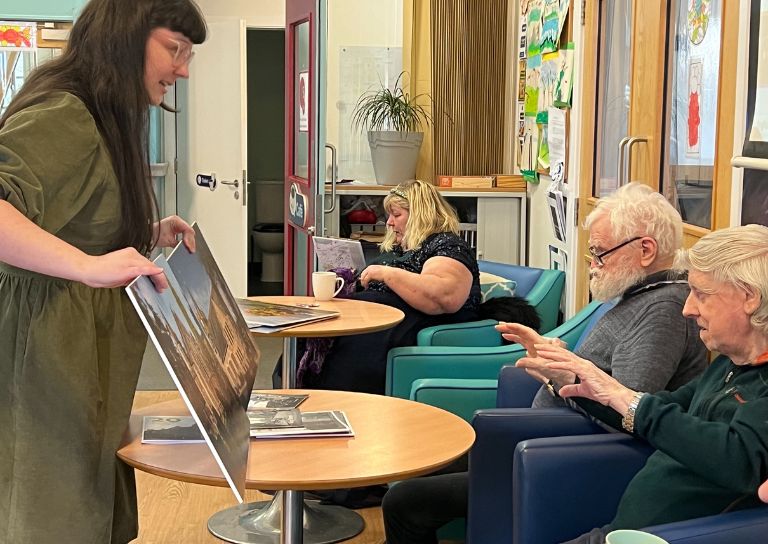
- William Wallace Statues In Stirling
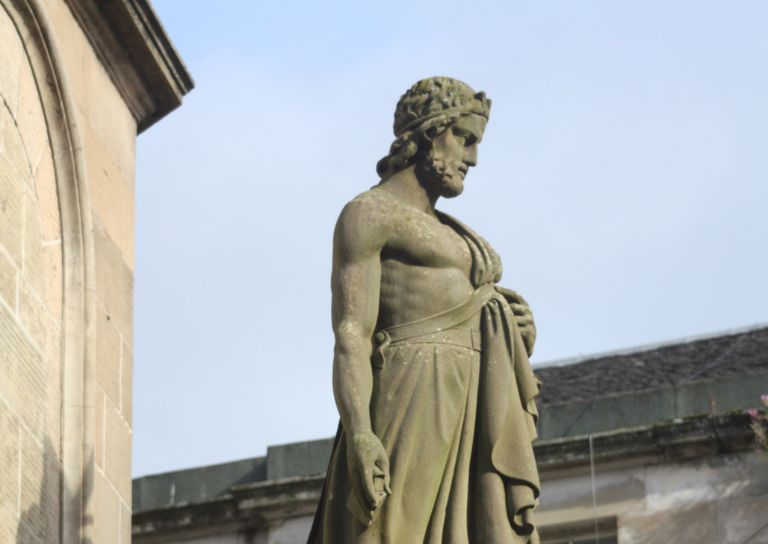
- Coronations and Royal Christenings in Stirling
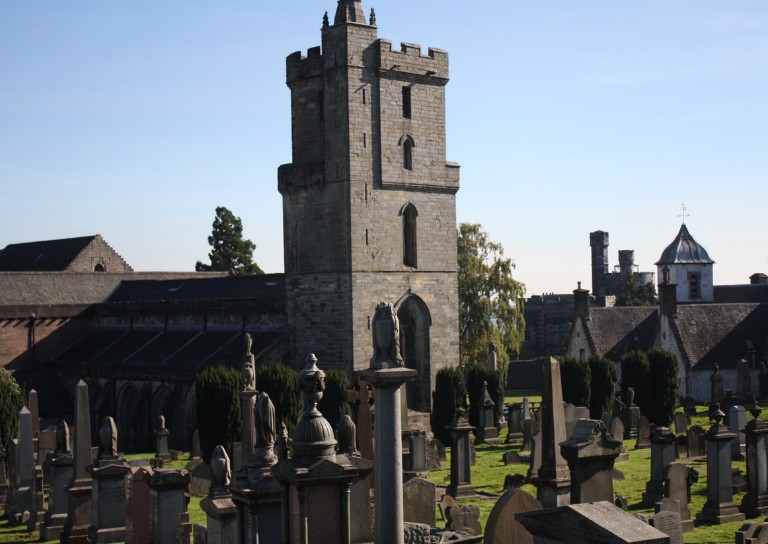
- The development of King's Park
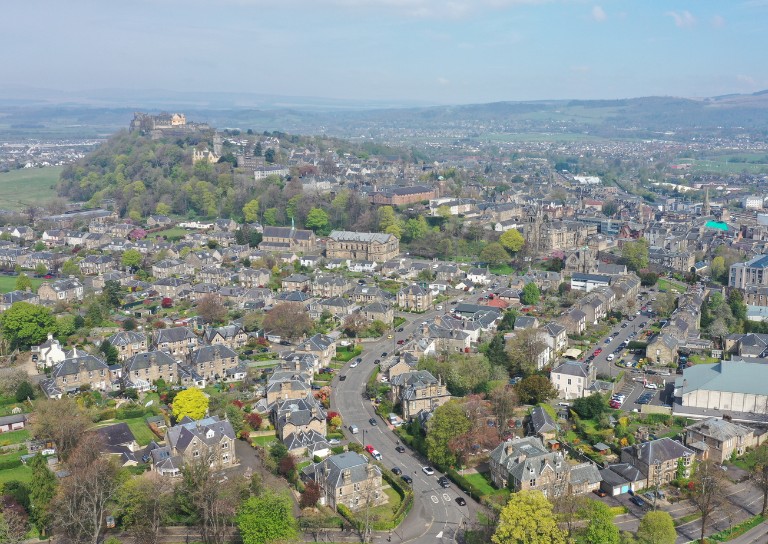
- Energy efficiency project awarded grant from Shared Prosperity Fund
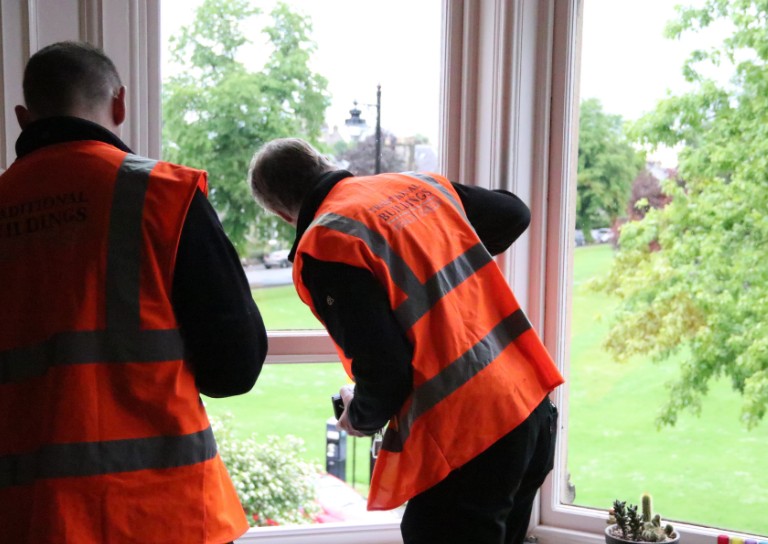
- Inspiring the Future: Stirling City Heritage Trust's Women in Construction Event at Wallace High
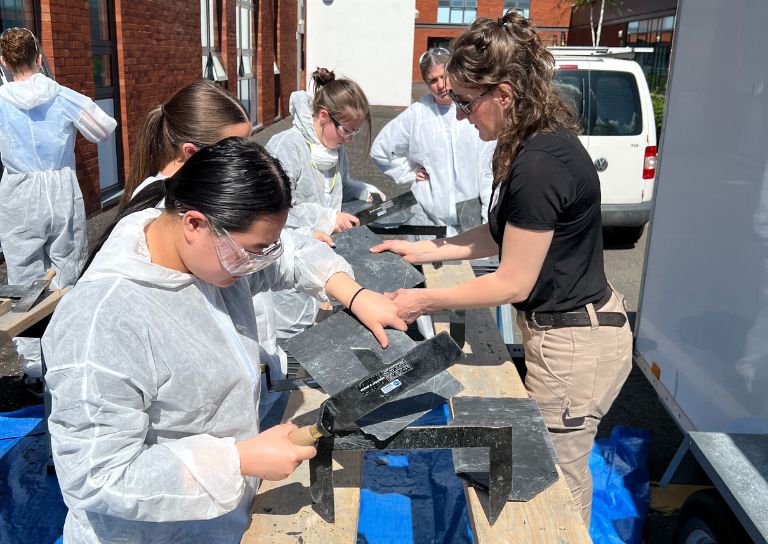
- Doors Open Days Talk: Who Built Stirling?
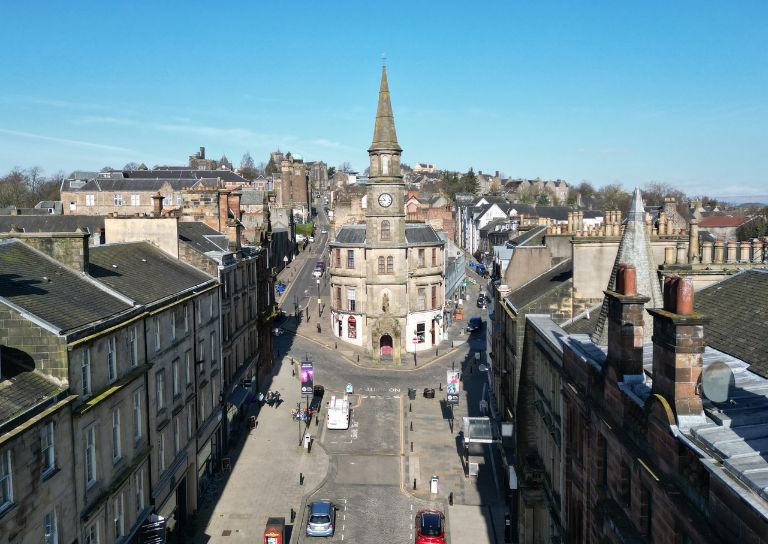
- 10 Years of the Traditional Buildings Health Check
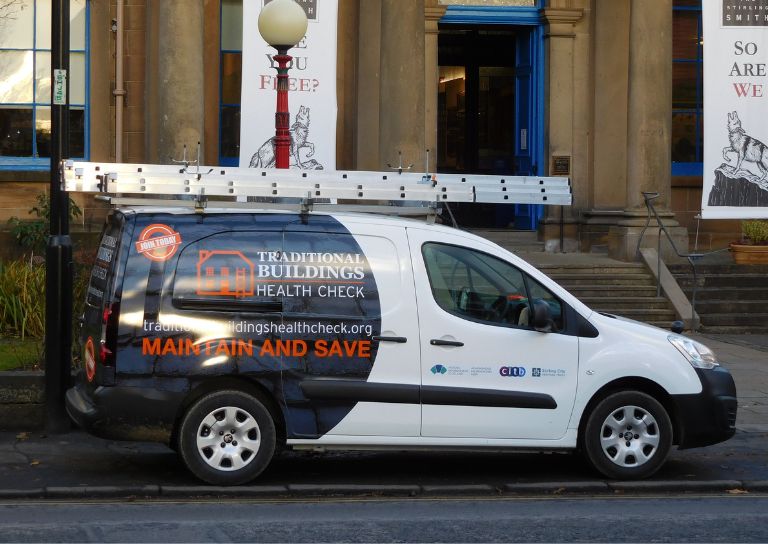
- Growing up in Stirling: A Night of Reminiscence at The Smith
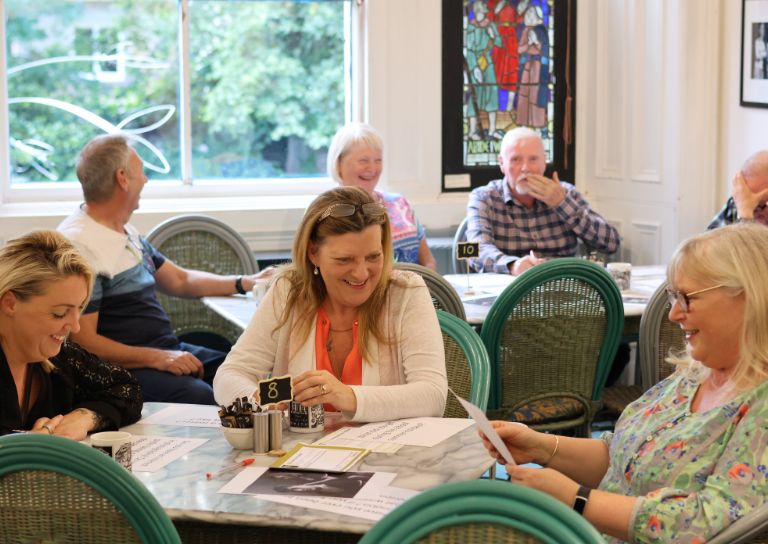
- SCHT visit to Brucefield Estate, Forestmill, Clackmannanshire
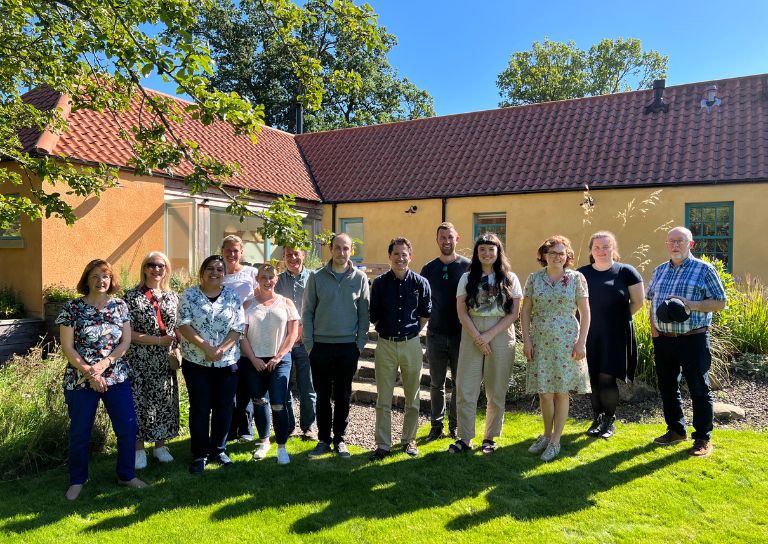
- Statement on Christie Clock
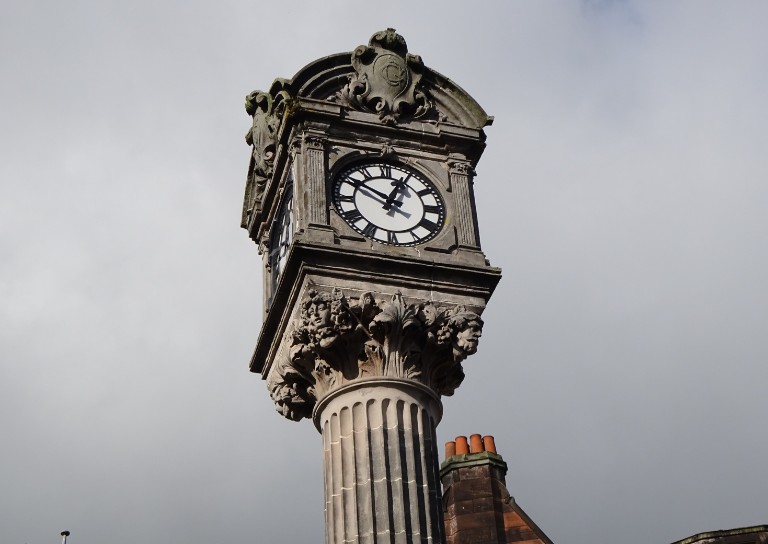
- Stirling’s Lost Skating Heritage
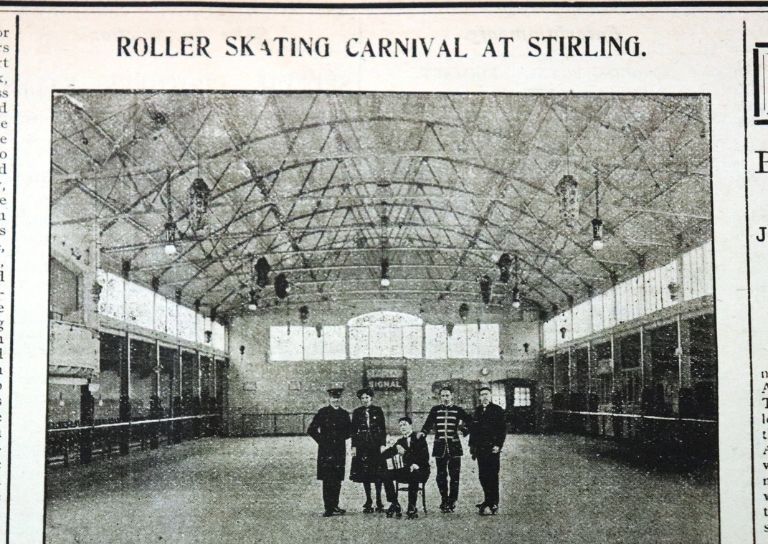
- Laurelhill House and the West Indies
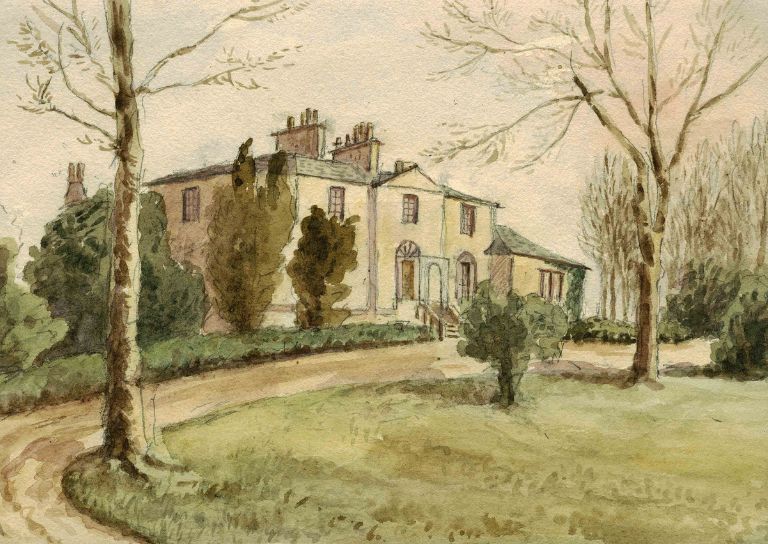
- Beechwood House and the Transatlantic Slave Trade
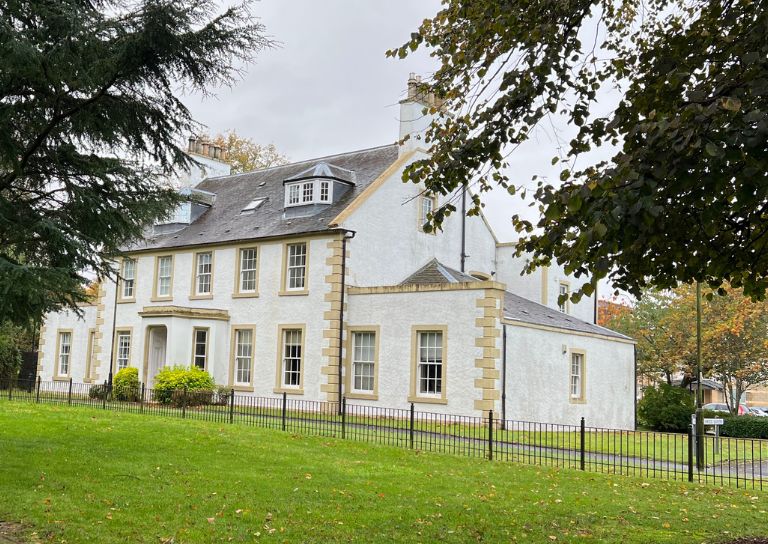
- Retrofitting Traditional Buildings
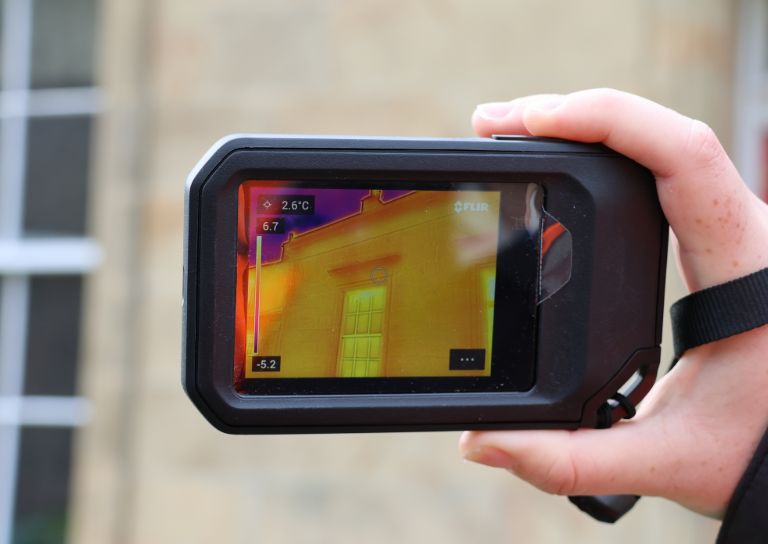
- Building Resilience: Maintaining Traditional Buildings
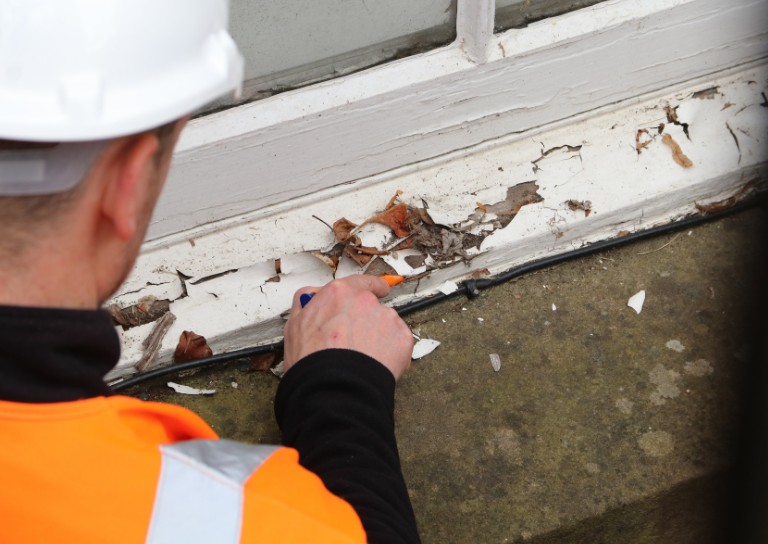
- Shopping Arcades
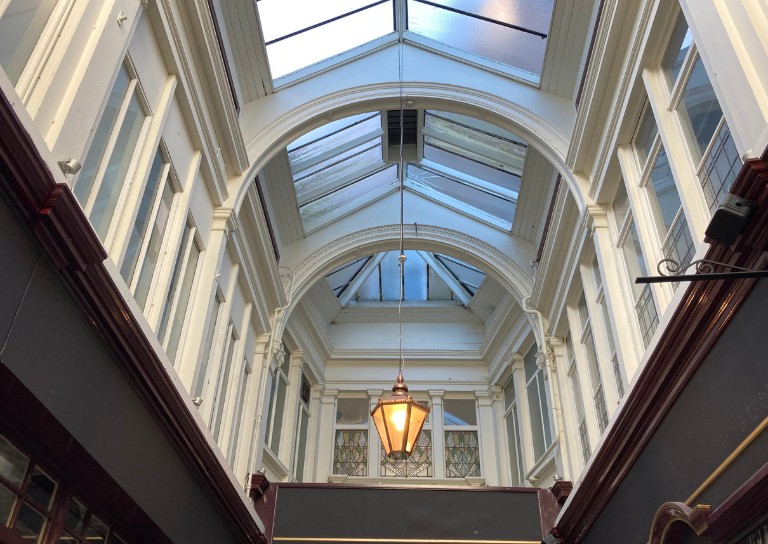
- Retrofitting Traditional Buildings: Fabric First
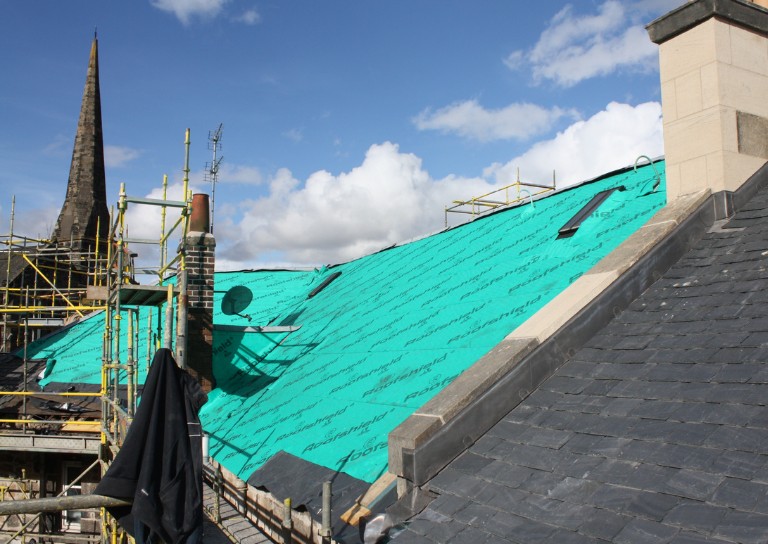
- Stirling Reminiscence Box
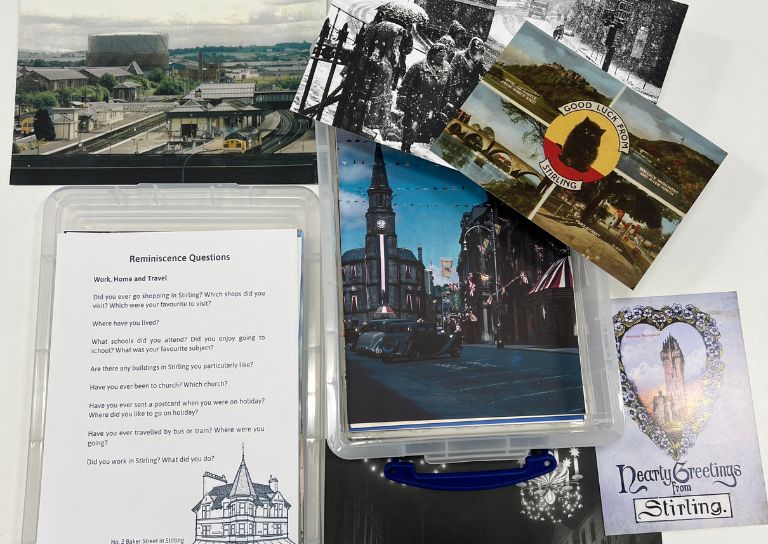
- New Retrofit Service now available for Traditional Buildings Health Check Members

- Retrofitting Traditional Buildings: Windows
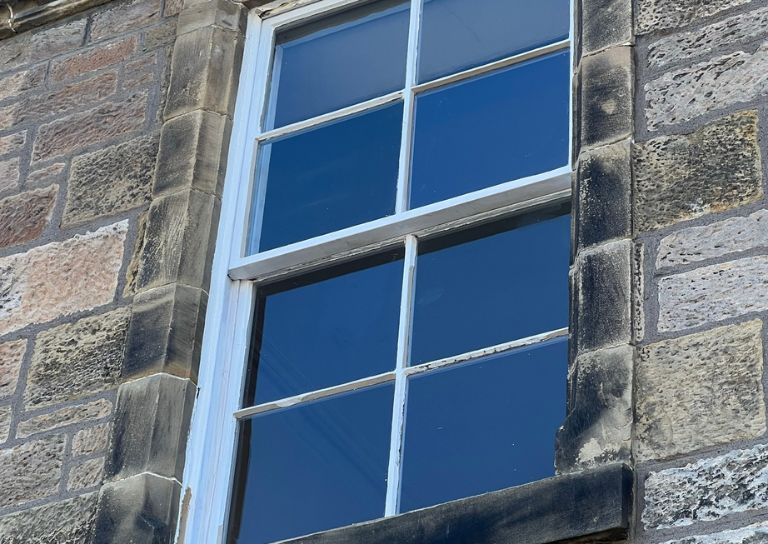
- Architects and The Thistle Property Trust
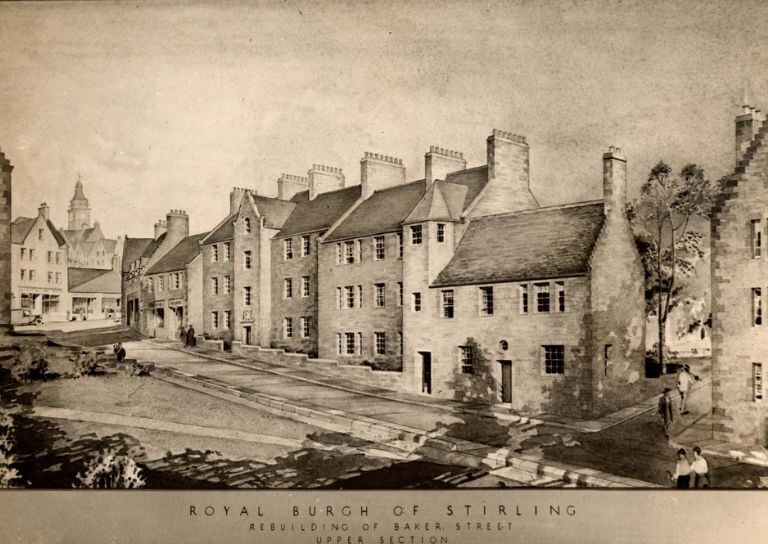
- Retrofitting Traditional Buildings: Insulation
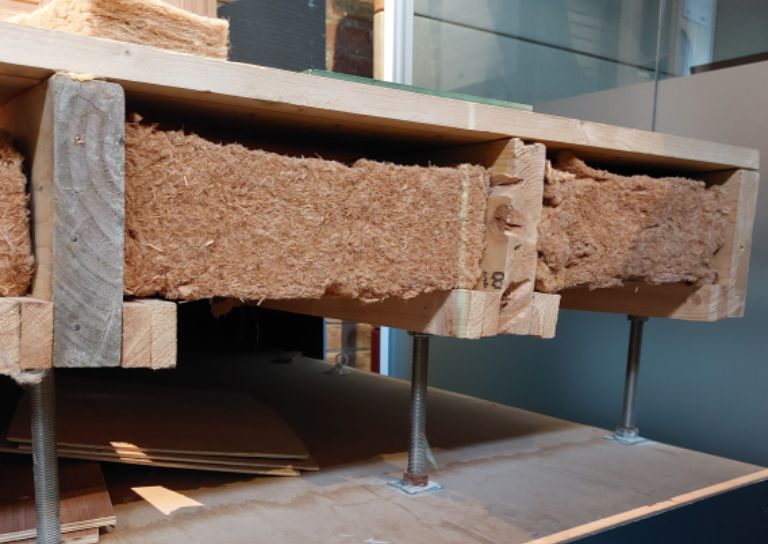
- Stirling City Heritage Trust at 20
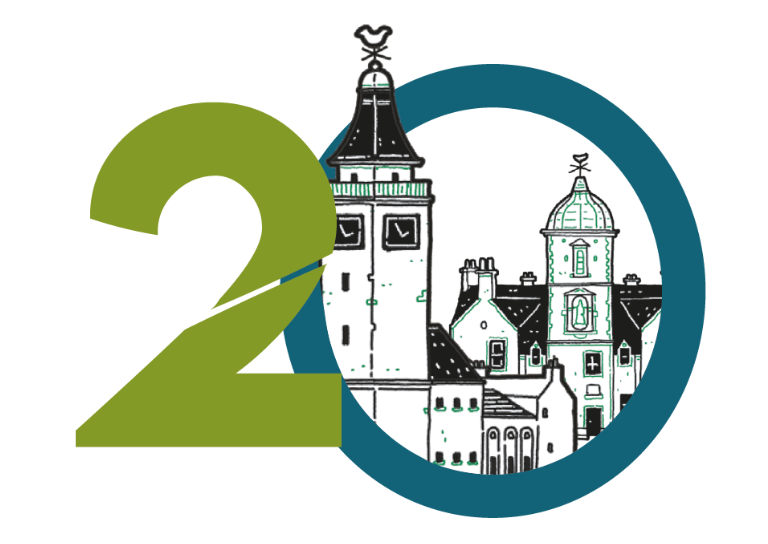
- Miss Curror and the Thistle Property Trust
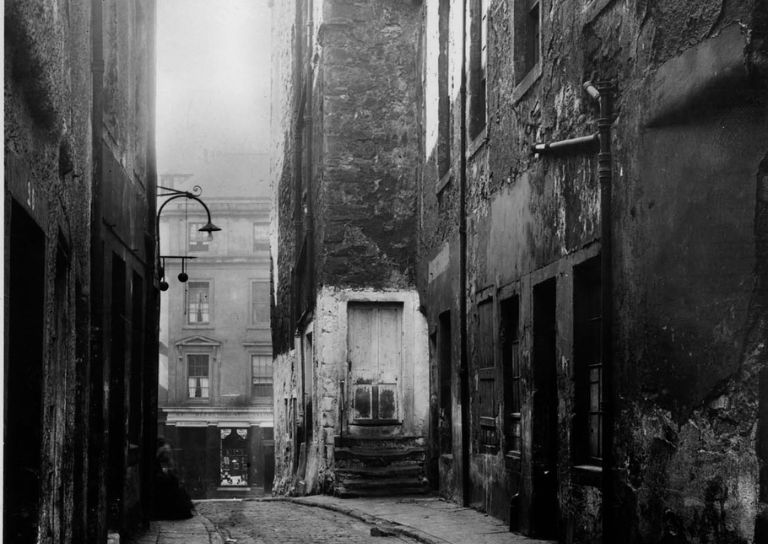
- Retrofitting Traditional Buildings: Chimneys
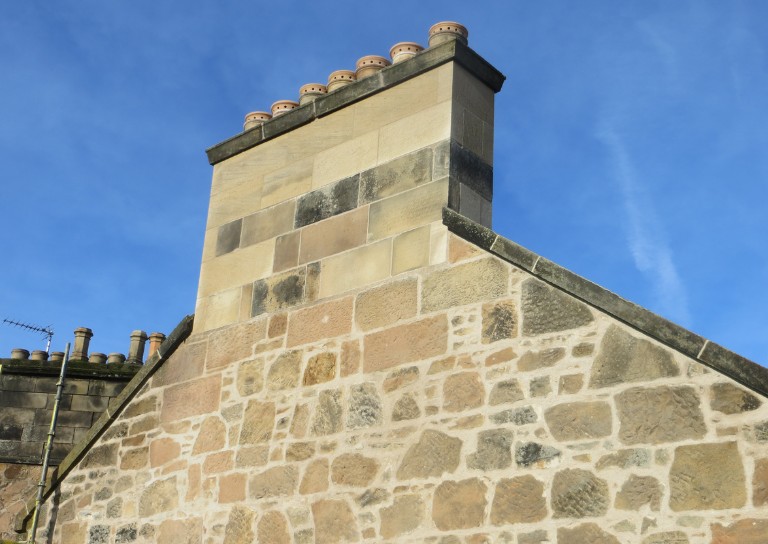
- Statement on Langgarth House

- World Heritage Day: Exploring Hayford Mill
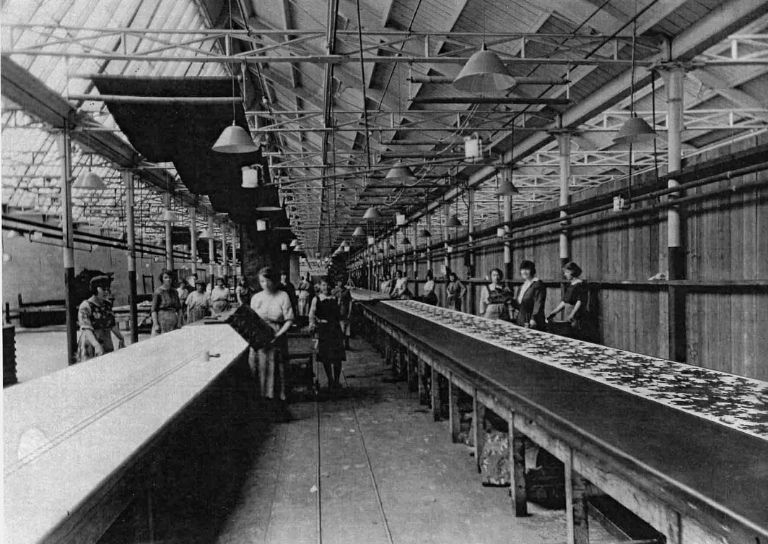
- Retrofitting Traditional Buildings: Climatic Adaptation
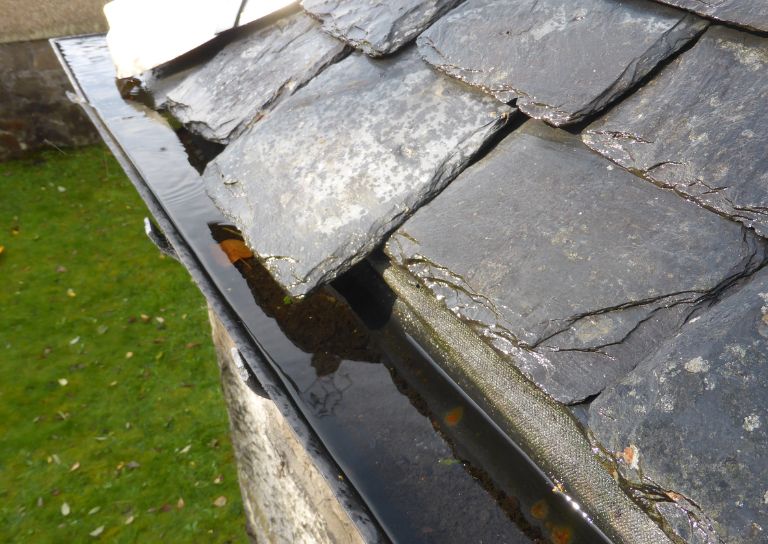
- SCHT 20: Championing Women in Construction
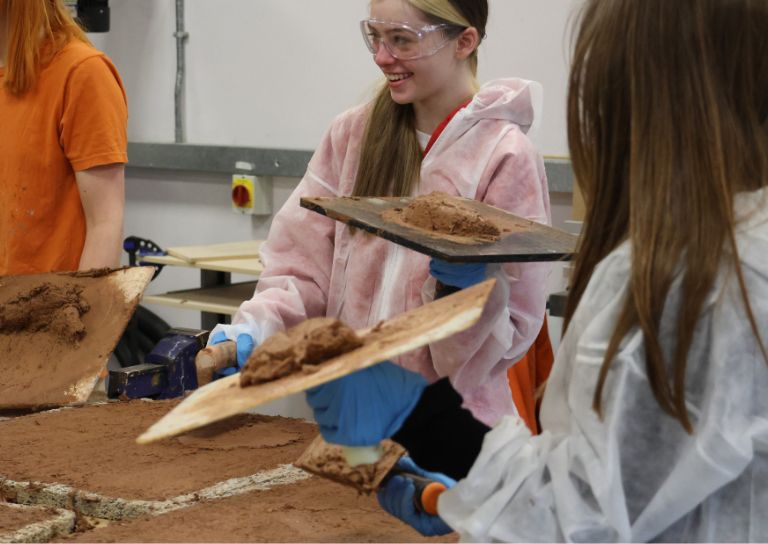
- Guest Blog: Dementia Friendly Heritage Interpretation
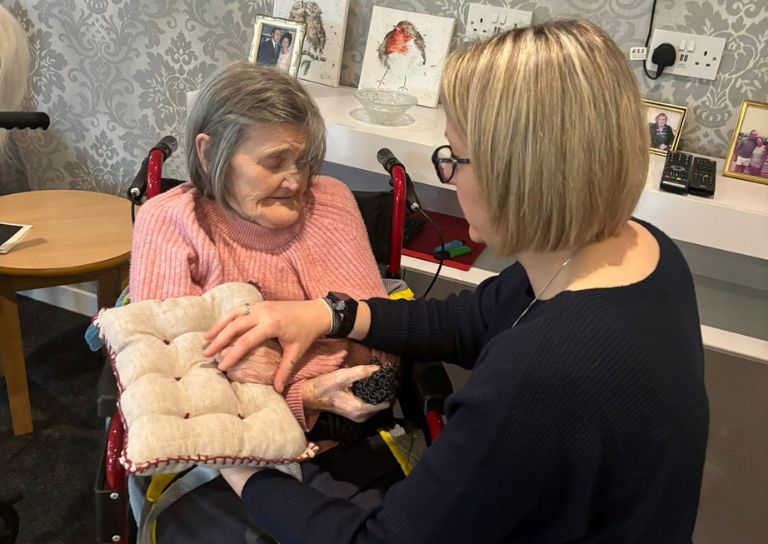
- Community Consultation launched for Stirling’s Heritage Strategy
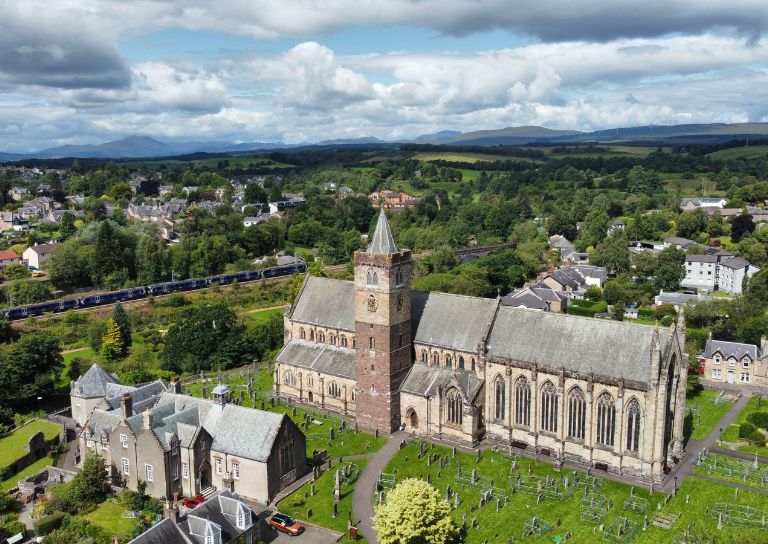
- Stirling's Lost Swimming Pools
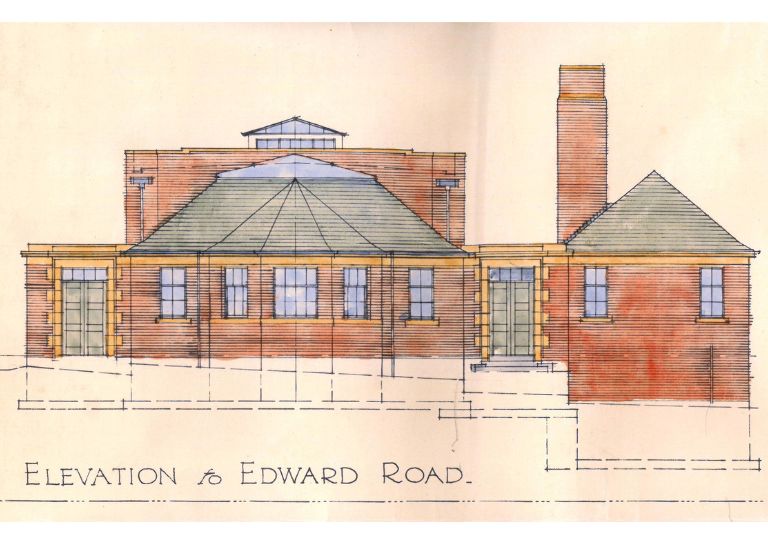
- SCHT Grant Conditions: Owners Associations
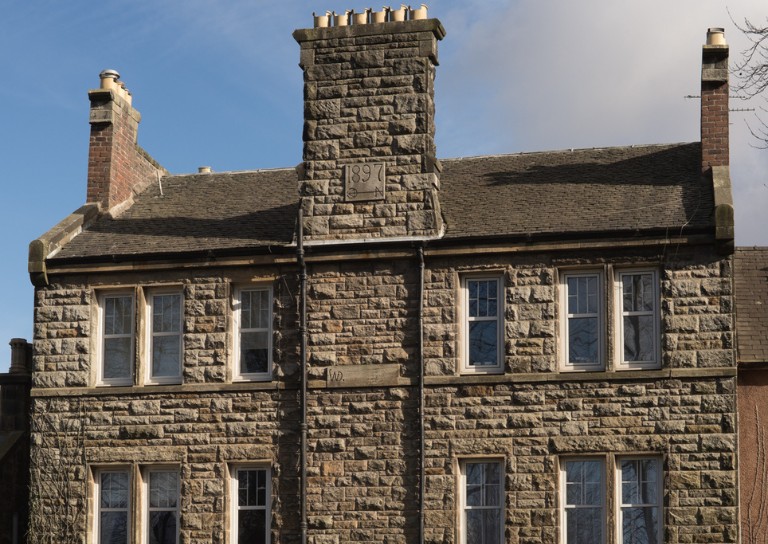
- Kings, Wolves and Drones: 20 years of care and repair at Stirling City Heritage Trust

- SVE Inspire Awards September 2024

- Women in Construction at Bannockburn House
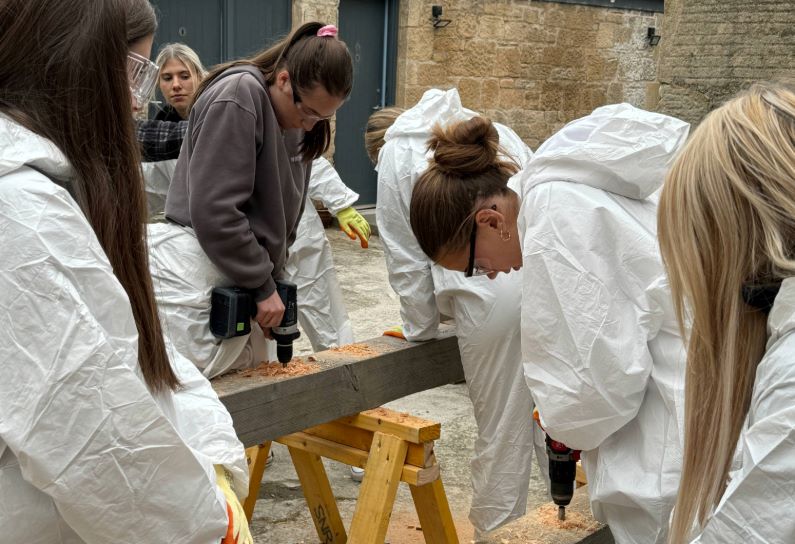
- Stirling Business Awards 2025

- Practical Workshop on Retrofitting Insulation with A. Proctor Group
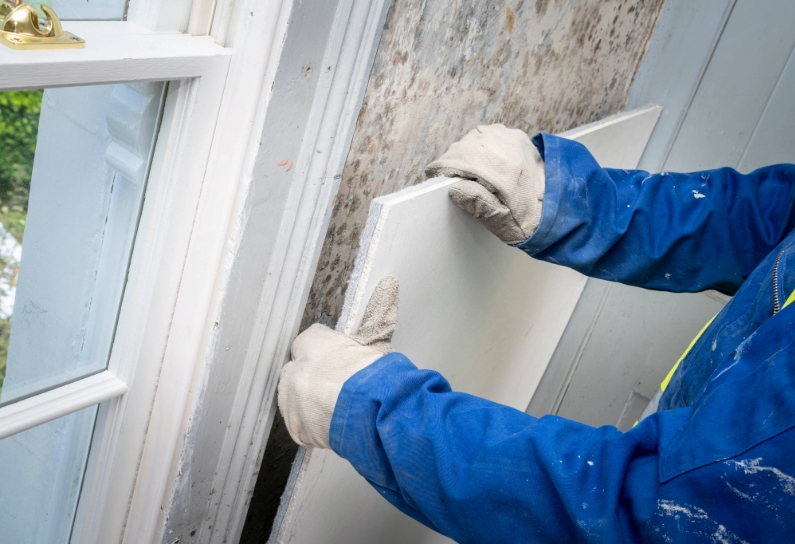
- Reminiscence Art Project
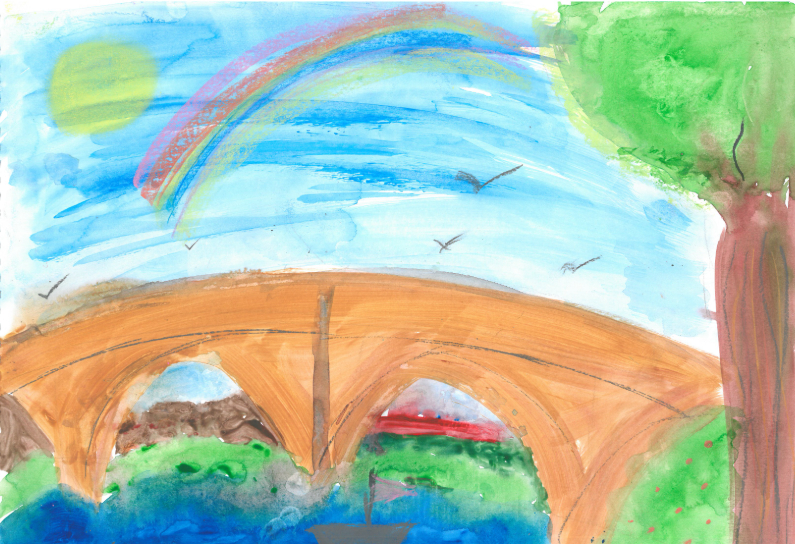
- Avenues to the Past: Stirling’s Historic Streets Exhibition

- 20 Great Buildings of Stirling
- About Us
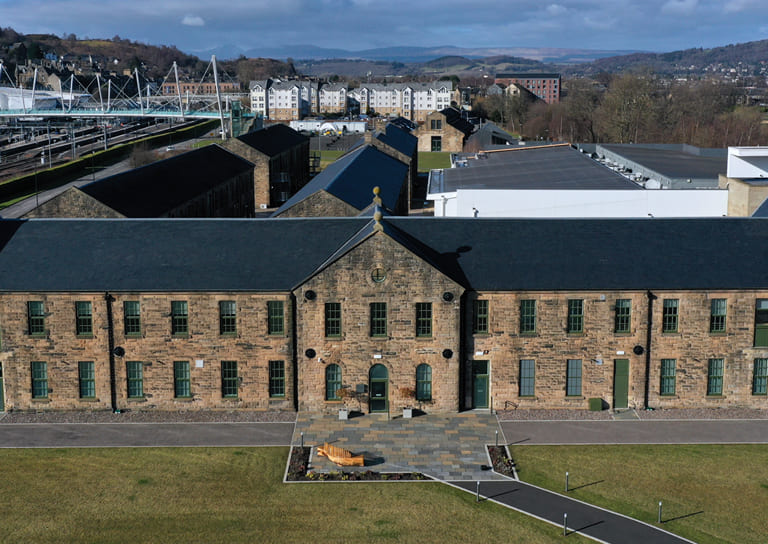
- Support Us
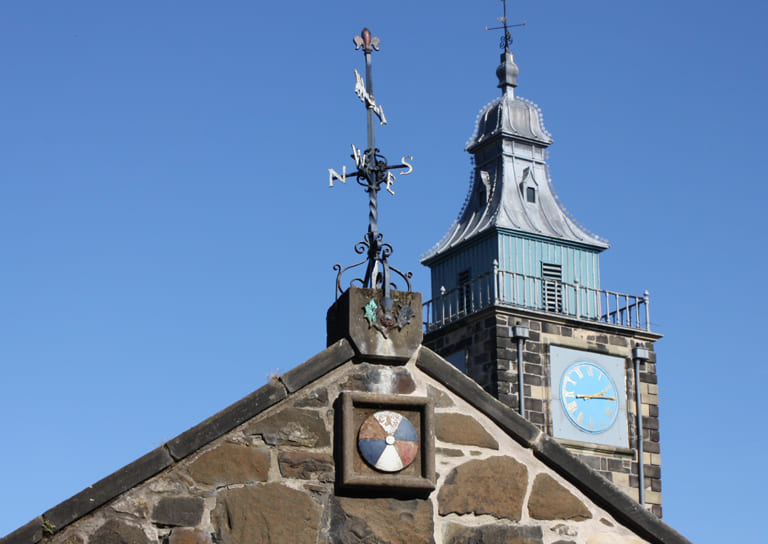
- Contact
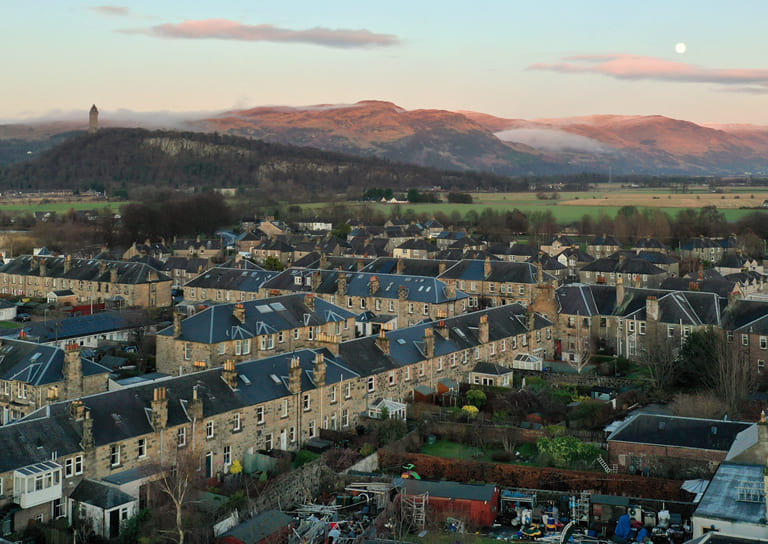
Stirling’s Witches

In early modern Scotland witches and witchfinding became something of a national obsession. Between 4,000 and 6,000 people were tried for witchcraft in this period, but the number of people executed is unknown. Estimates vary but it could have been more than 1,500 people.
A high proportion of those accused, a shocking 84%, were women. This witch-mania reflected a general trend across Europe, but in Scotland the public’s fears were exacerbated by the passing of the Witchcraft Act in 1563, which made being a witch or consulting a witch a capital crime, punishable by death.
In Scotland, those who were found guilty of witchcraft were strangled and then burned. King James VI (1566-1625) further fuelled the nations fear of witches and witchcraft by publishing his very own book on the subject in 1589, ‘Daemonologie’, which ended up influencing Shakespeare to write Macbeth. The first major witch trials in Scotland took place in the picturesque seaside town of North Berwick in 1590 after James VI returned from Denmark, where witch trials were all the rage.
After experiencing violent storms on returning to Scotland by sea with his Danish wife, Princess Anne, he decided to set up his own witch trials to find the witches responsible for causing this abrupt and potentially life-endangering change in the weather.
The causes of the Scottish witch trials and witch hunts are complex, but perhaps unsurprisingly most of the individuals identified as witches were people who didn’t fit in or who challenged authority; older women, folk healers, and outspoken women. Relatives of those initially accused could also become embroiled and accused just by association. Confessions were extracted using a variety of unpleasant methods, with Scottish methods being recognised as particularly brutal. These trials seem like something straight out of a Susan Hill story, but they had a huge impact on the country and communities they affected. So, as it is Halloween, we thought we would take a look at how the witch craze affected Stirling, and its inhabitants.
Thanks to initiatives like the Witches project at the University of Edinburgh we can now place accused witches within our towns, cities, and villages. From 2017 to 2019 a team at the University of Edinburgh used a variety of historical records to ‘geographically locate and visualise the different locations recorded within the Survey of Scottish Witchcraft Database’. The result is a rather chilling interactive map of Scotland which reveals the places of residence of accused witches, a terrifying 3,141 people. In Stirling 33 people were accused over the course of the 17th century, unfortunately, there are gaps in the historical record, so whilst we know the names of the majority of accused witches, we don’t know if they were executed after they were tried. Researchers at the University of Edinburgh suggest that 67% of those accused in Scotland were executed, so some of Stirling’s witches certainly could have been.
In 1615 in Stirling Helen Nicoll and her daughter Issobell Atkine who lived on what is now King Street, were accused of witchcraft relating to the use of ‘charms’. Issobell eventually confessed to ‘charming’ and her mother was then implicated, but the result of their trial is not recorded. In 1659 49-year-old Stirling resident Bessie Stevenson confessed to ‘being with’ Satan for 24 years. Bessie practiced folk healing and even admitted to using the nearby St. Ninian’s Well waters to heal people, as well as curse them. She was imprisoned in Stirling, where her confessions were extracted, and she was tried at the Tolbooth. She was found guilty, but her fate is not recorded. In 1677 Mary Mitchell was accused of murdering two sons of Robert Douglas of Barloch by drowning.
She was also imprisoned in the Tolbooth in Stirling, before being transferred to Edinburgh’s Tolbooth. She was ‘pricked’; whereby a person’s body is pricked with pins to find a Devil’s Mark. A Devil’s Mark was left on the body of a witch after they had made a pact with the devil and could be anything from innocuous blemishes to rashes or moles, which if pricked were not painful and did not bleed. During this process, Mary was held in prison for 15 weeks, but she was one of the lucky ones, at her trial she was found not guilty and was released.
These are the stories just three of the accused witches from Stirling, so to discover more, visit the Witches map web page. Oh, and when you’re walking past the Tolbooth, now a modern events space, think about the medieval building which sat there previously, and all the witches who were held and tried within its walls…


